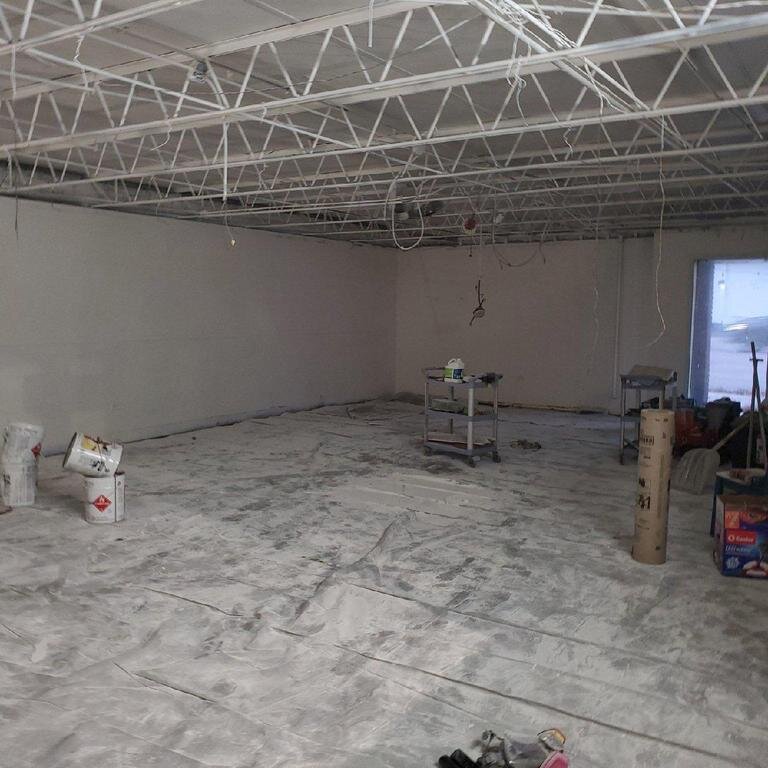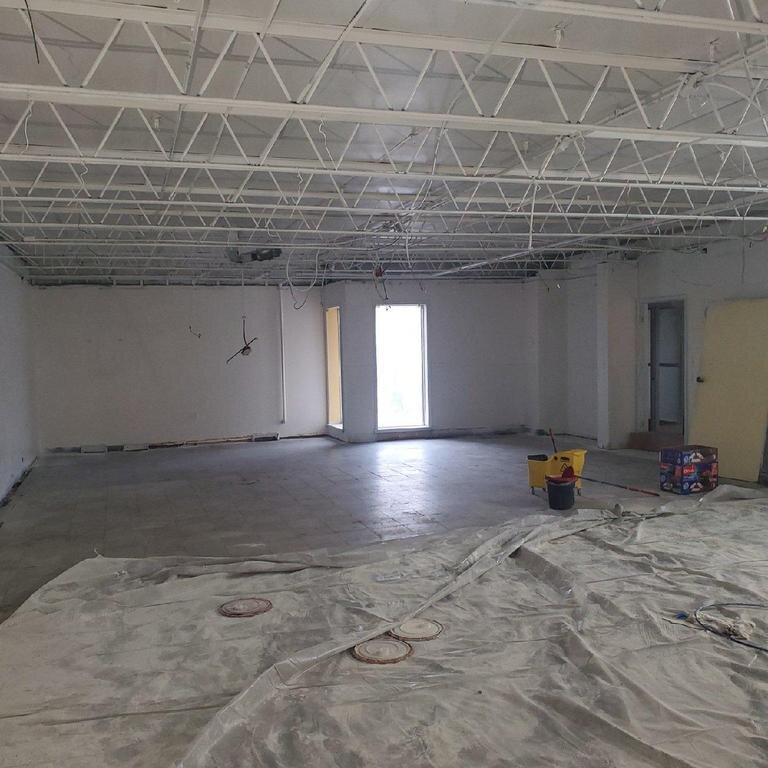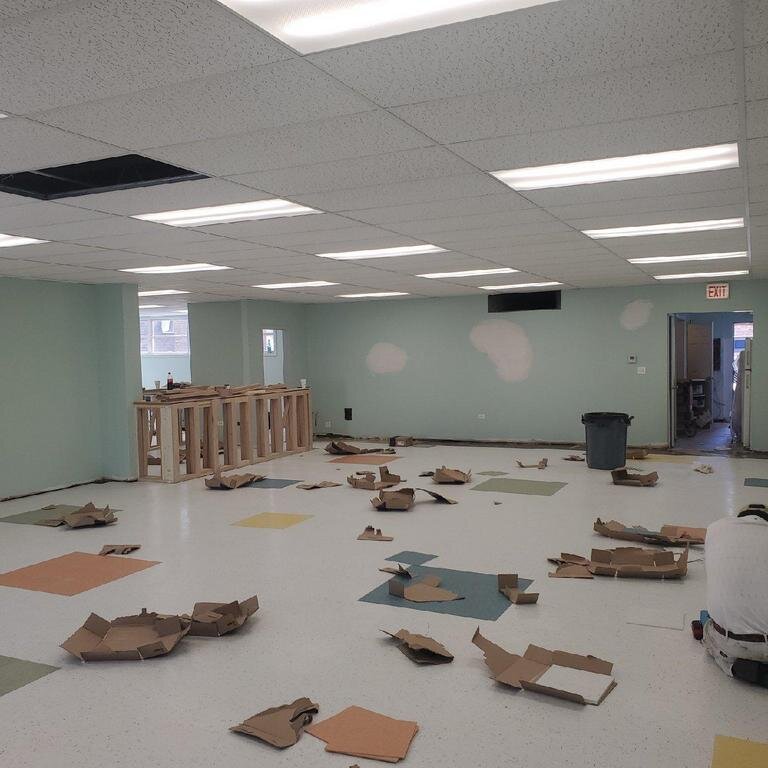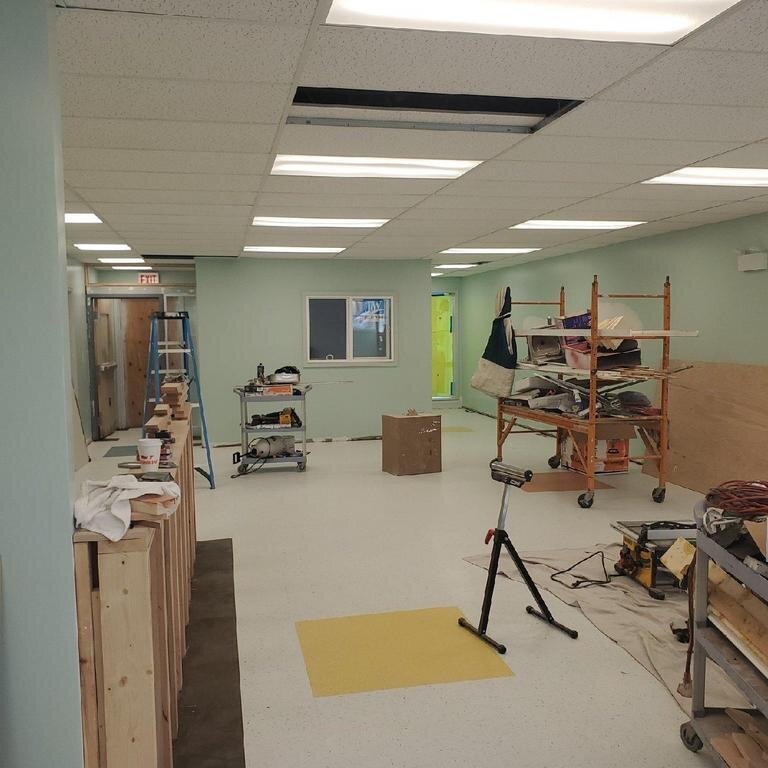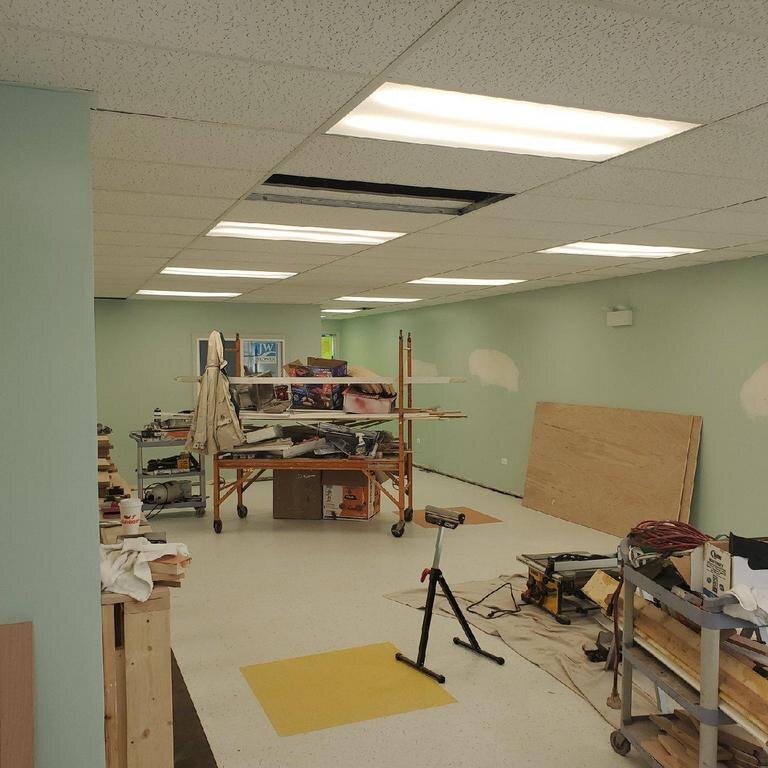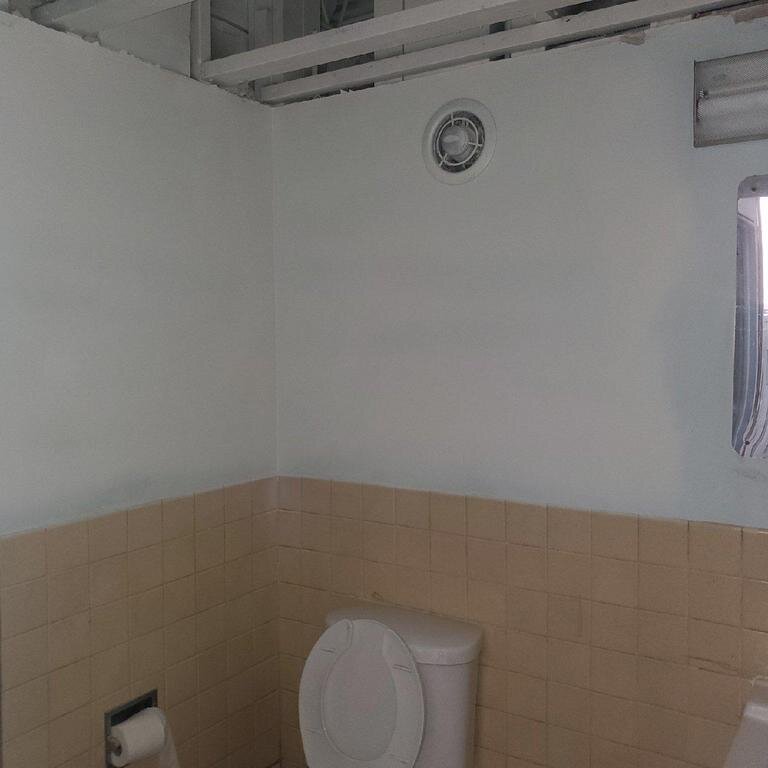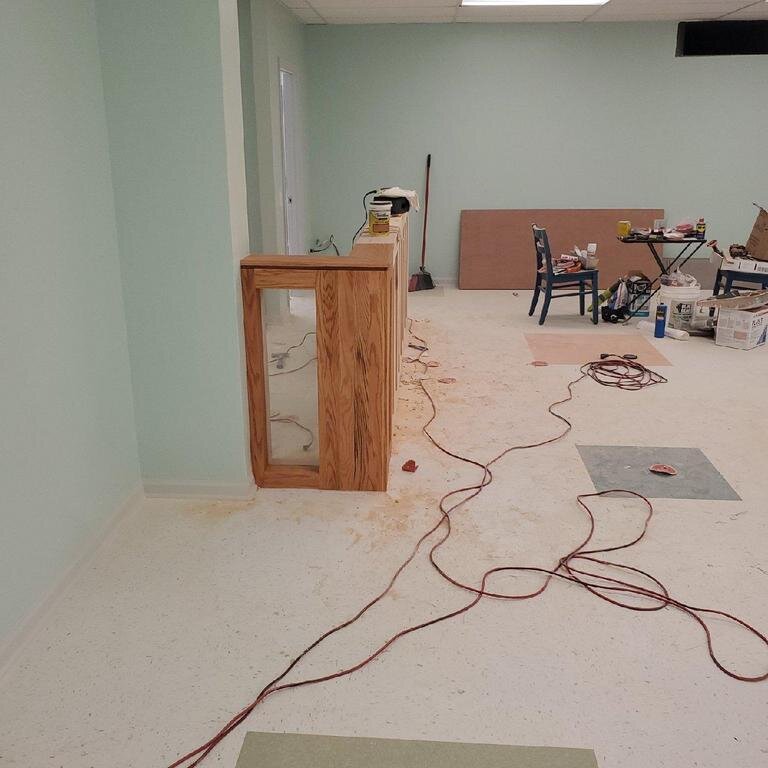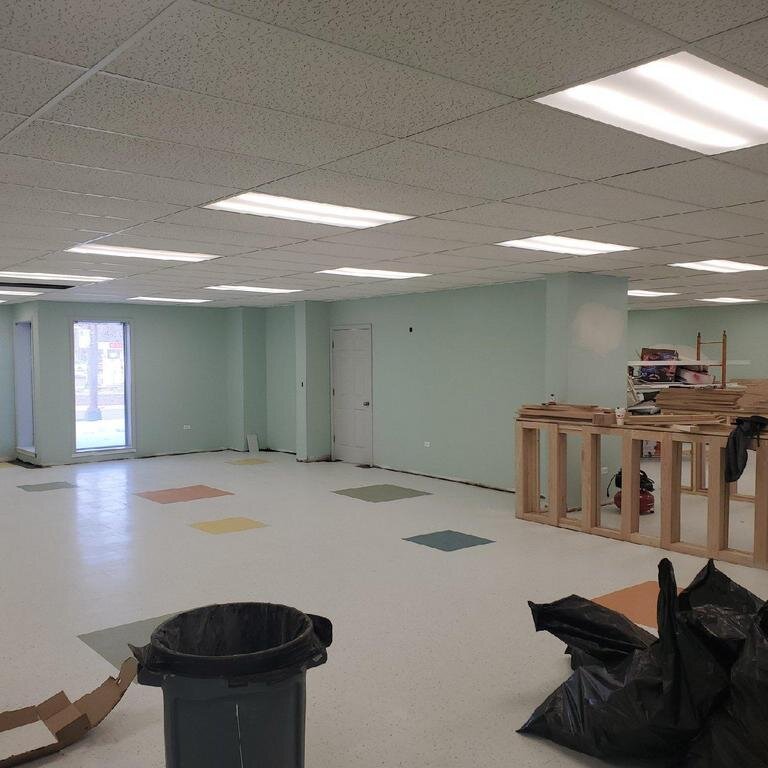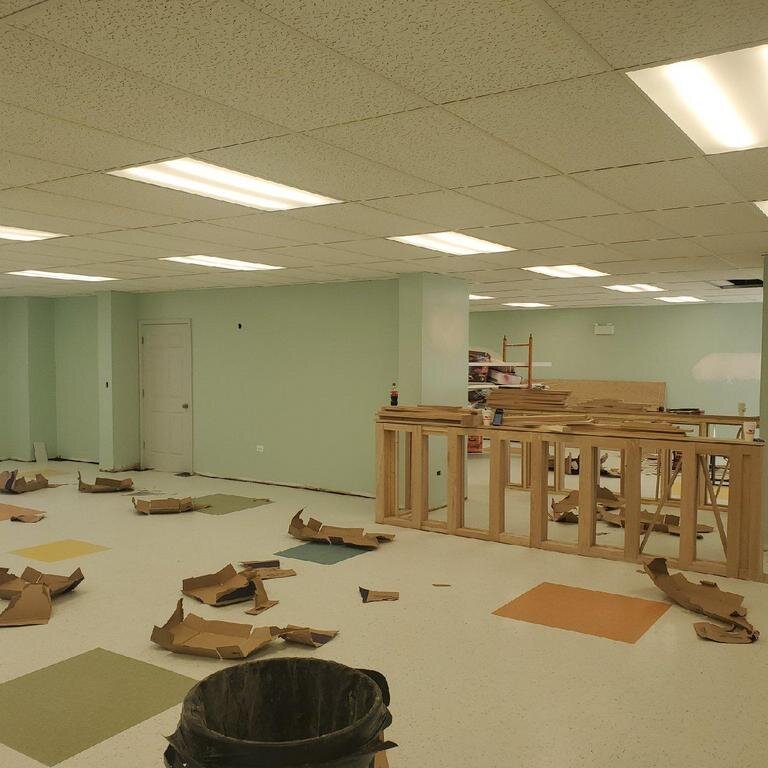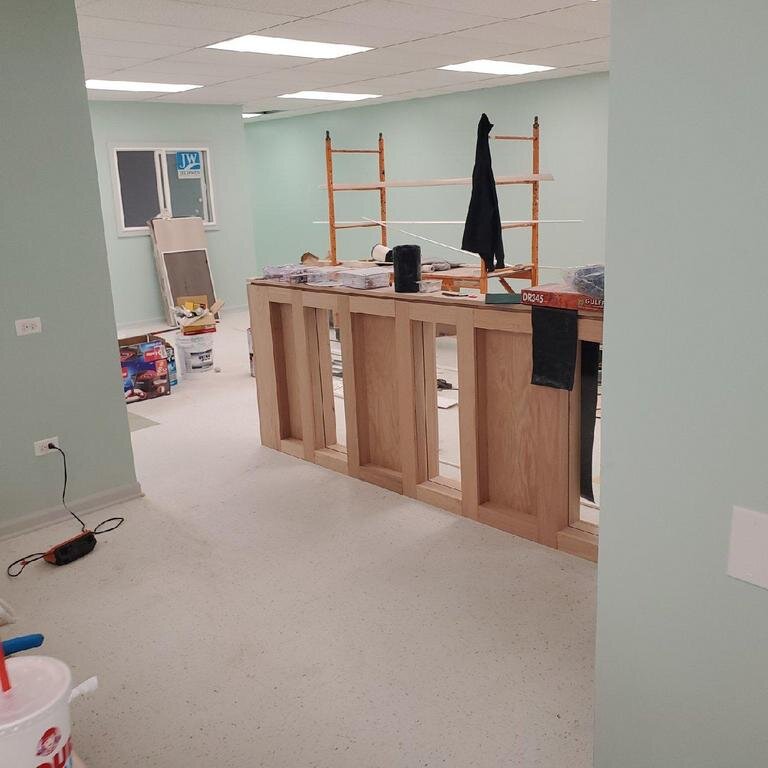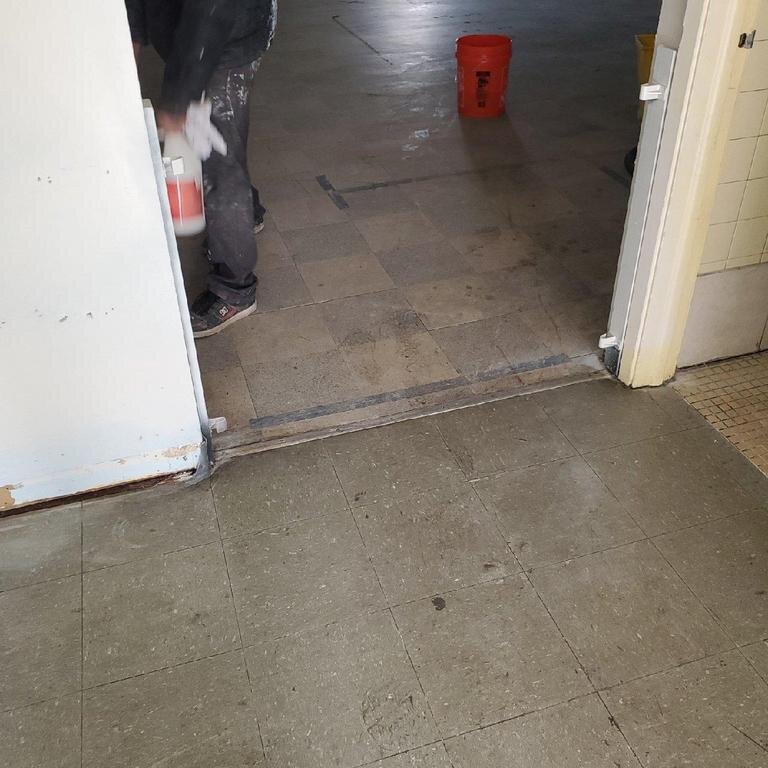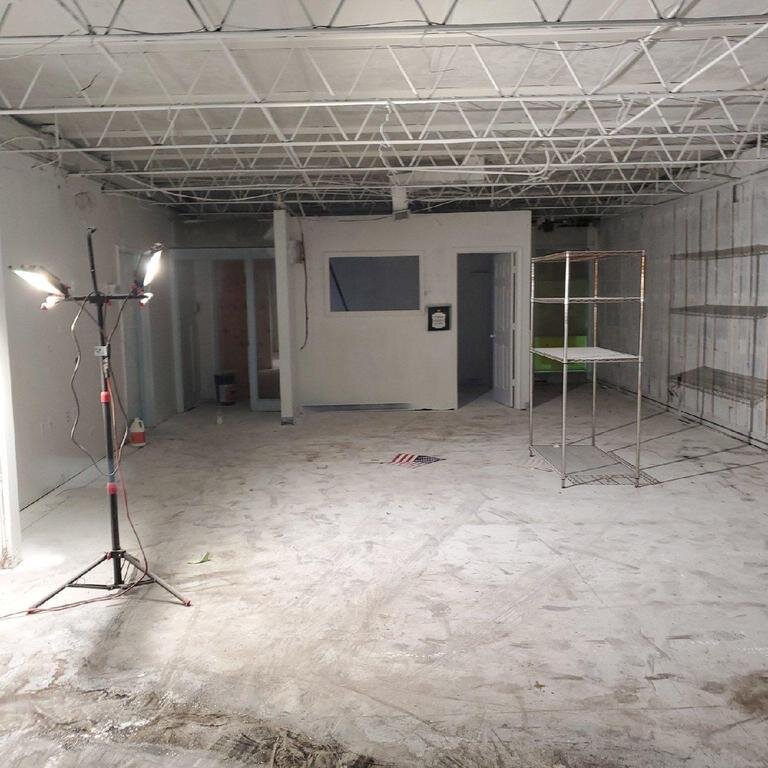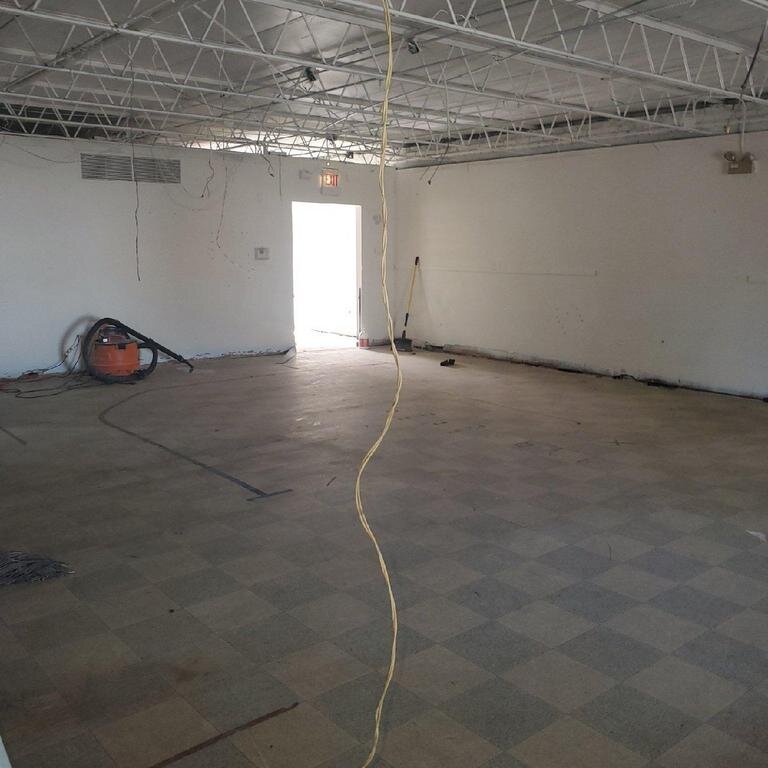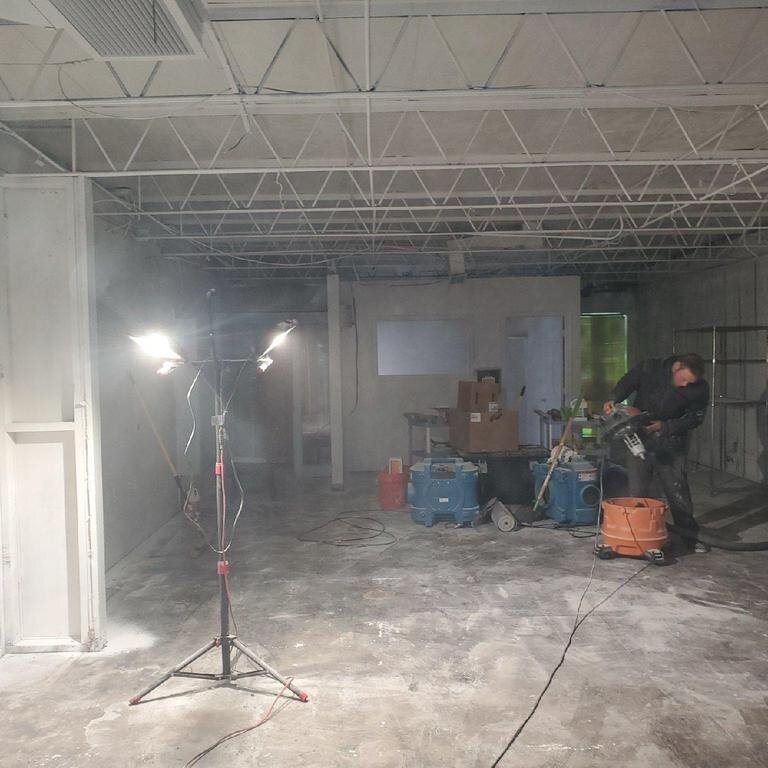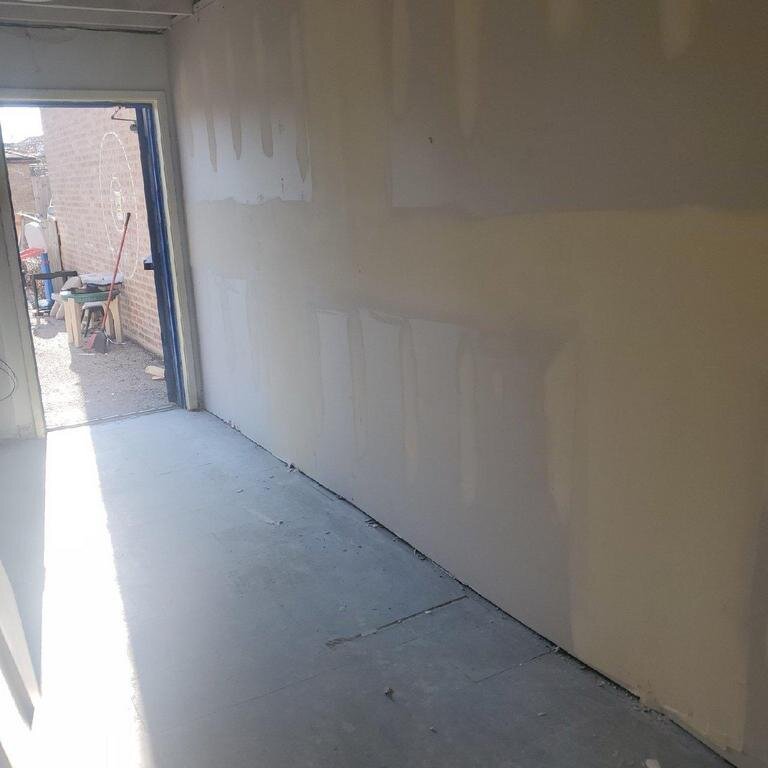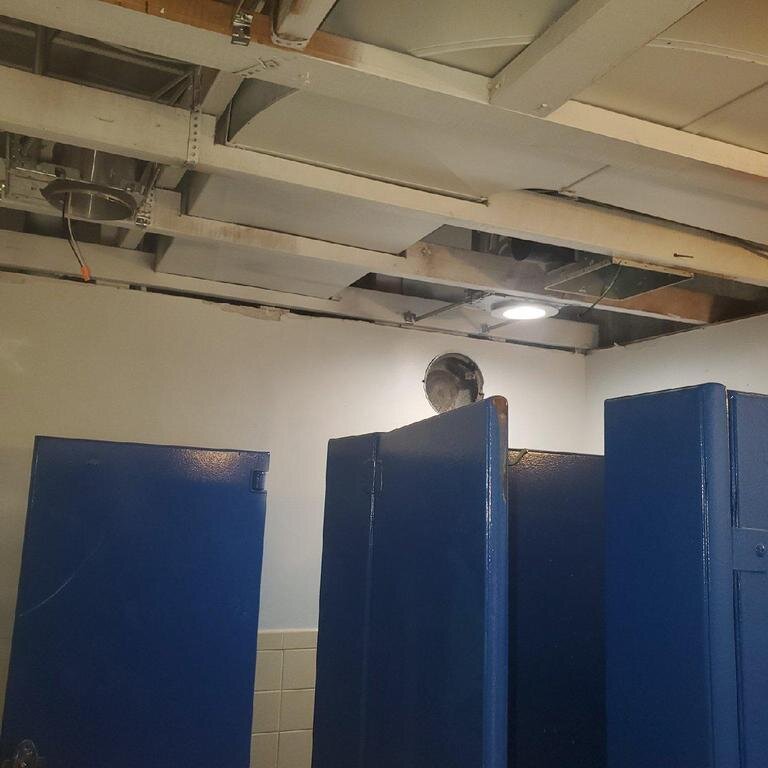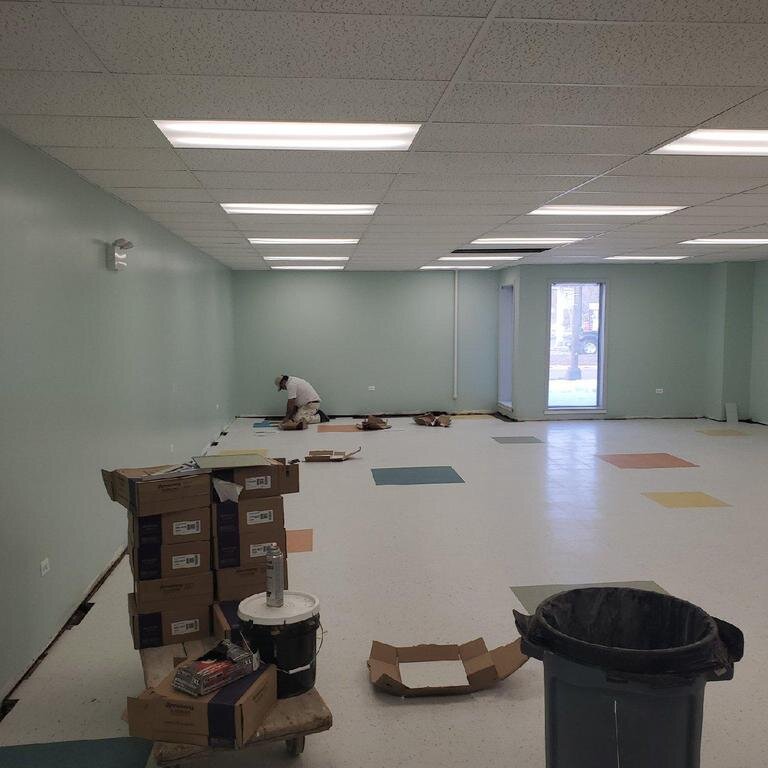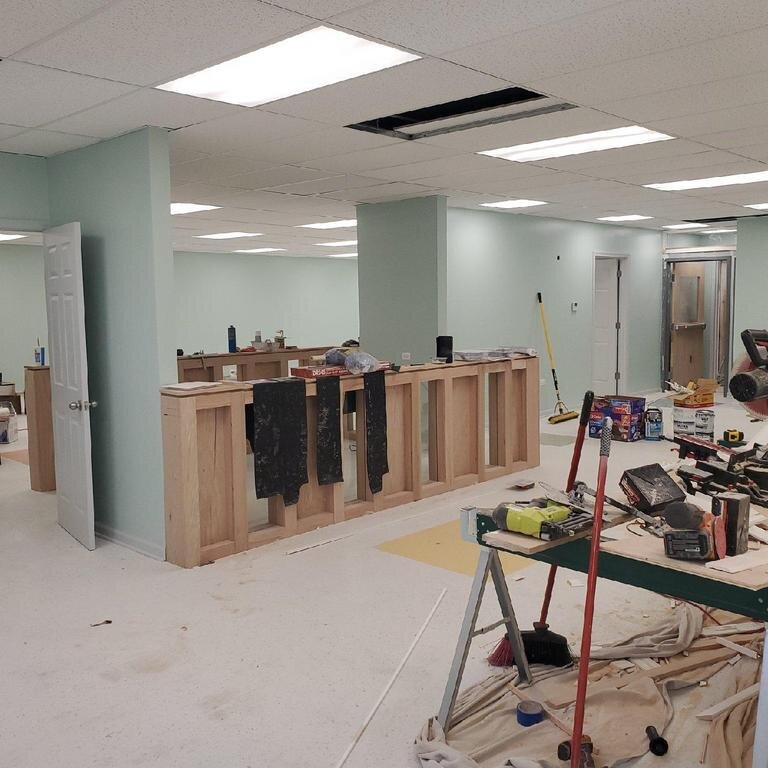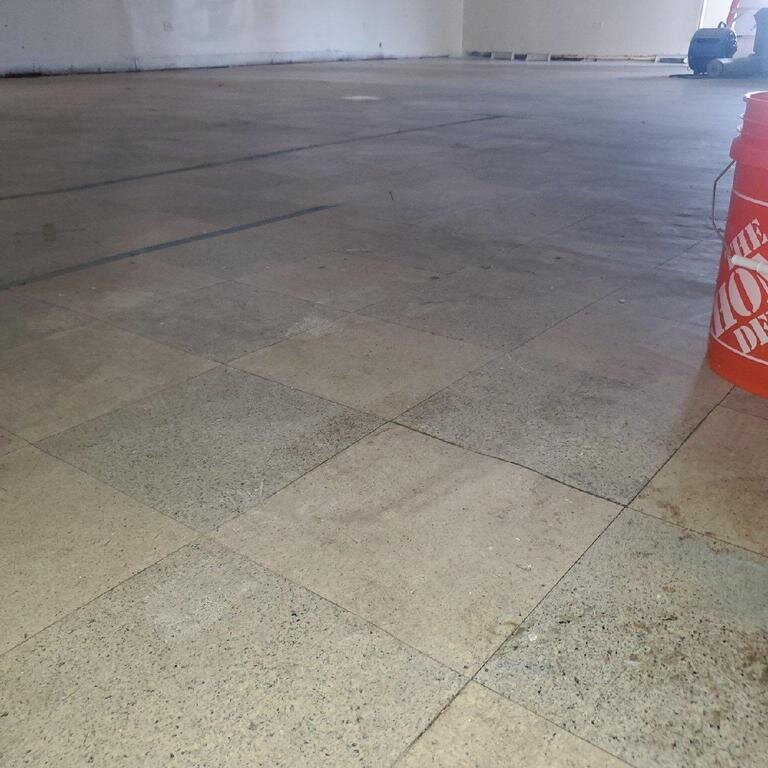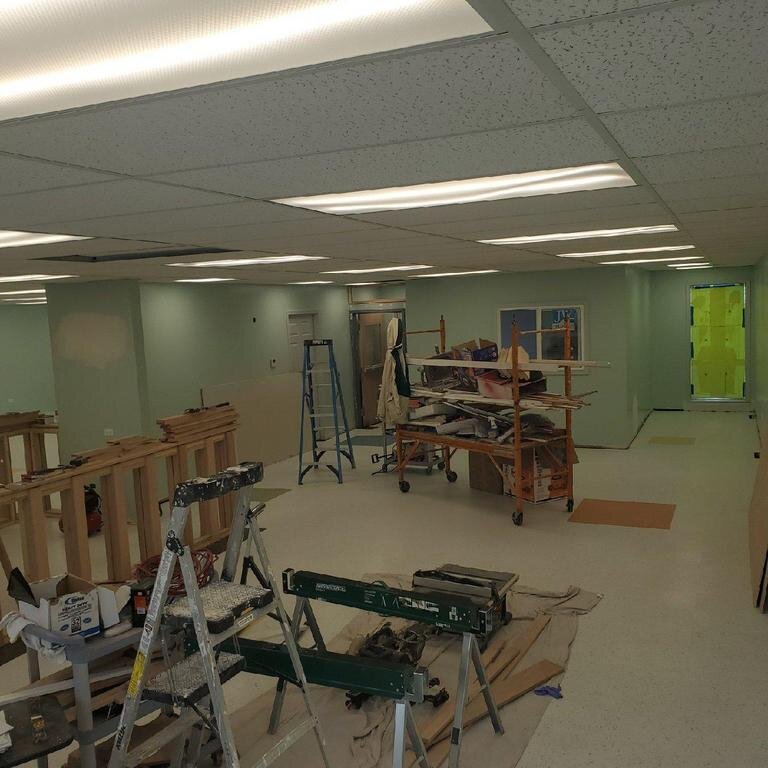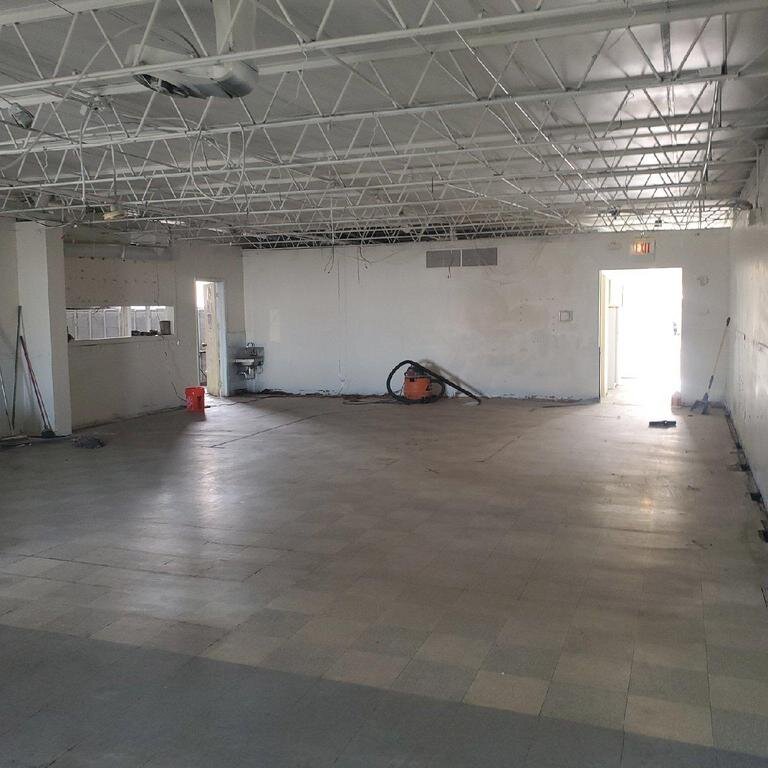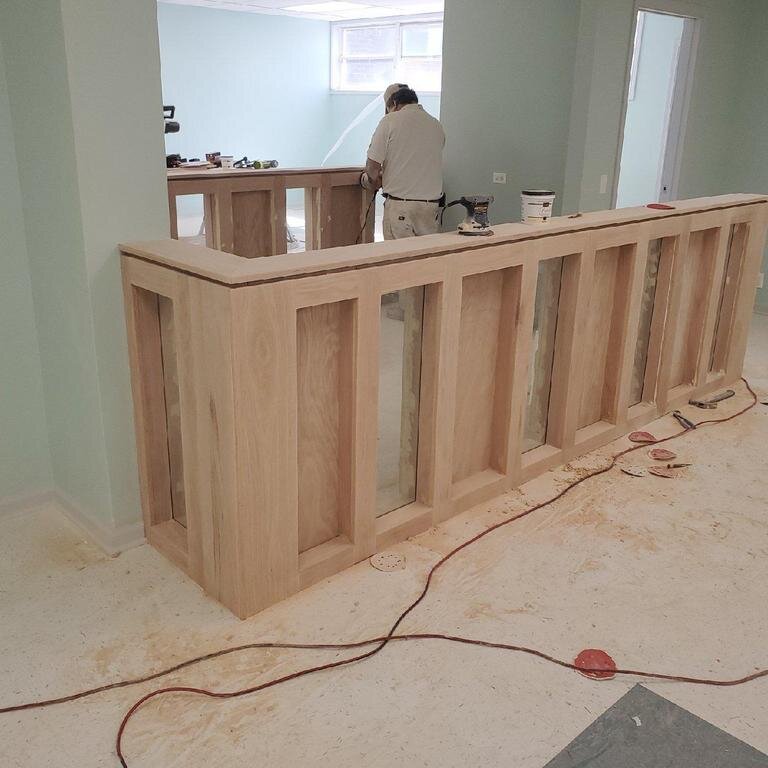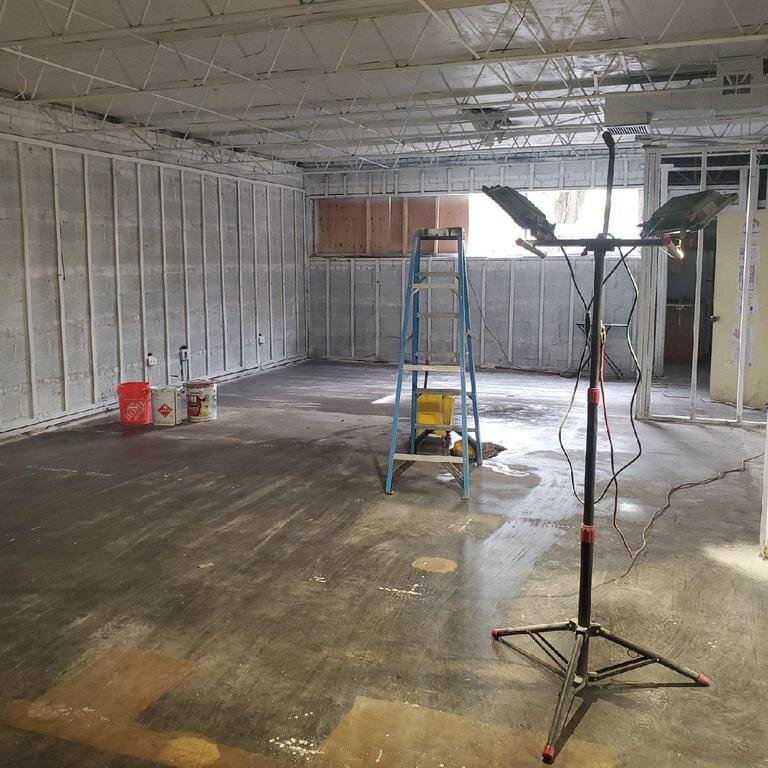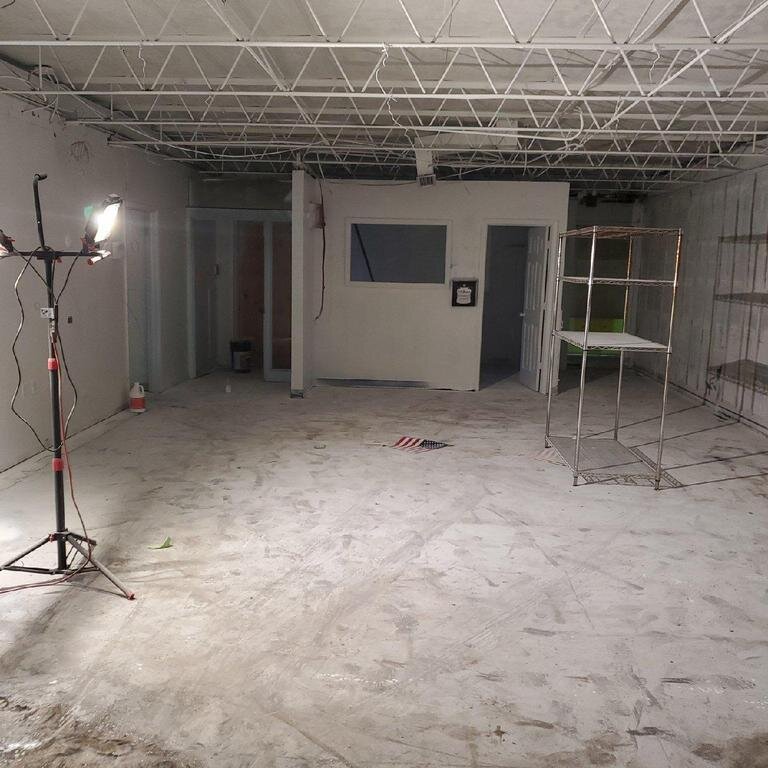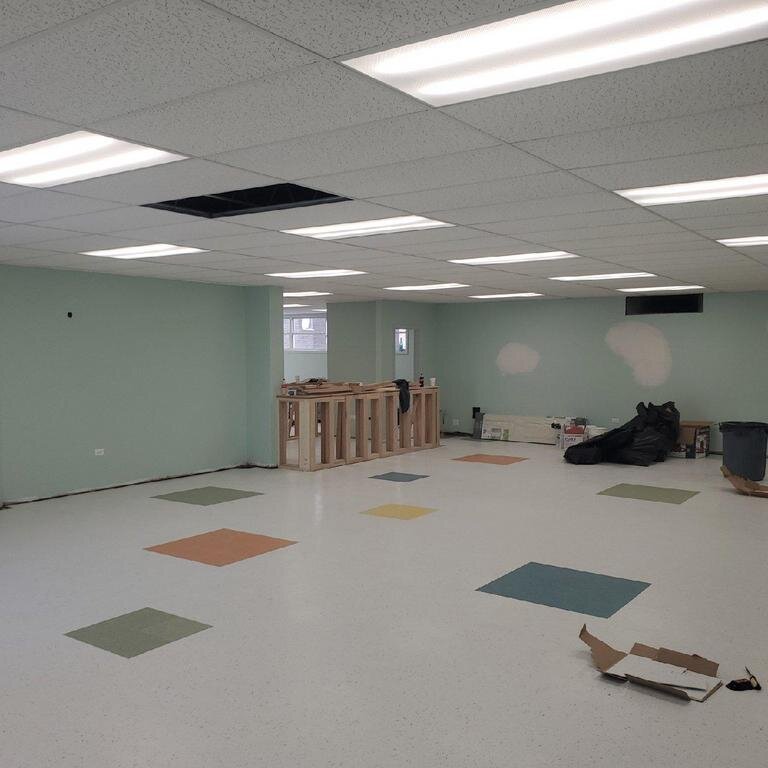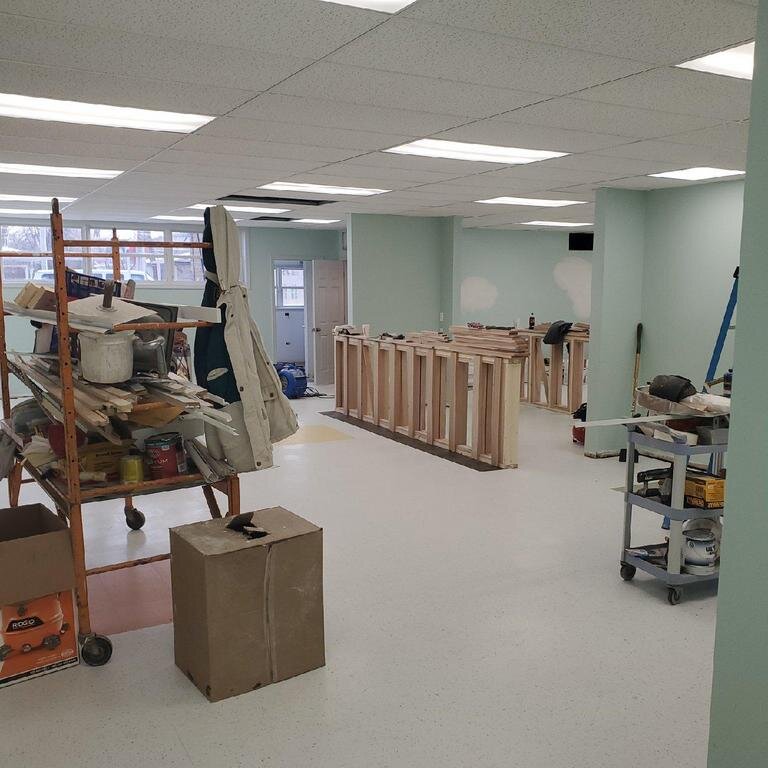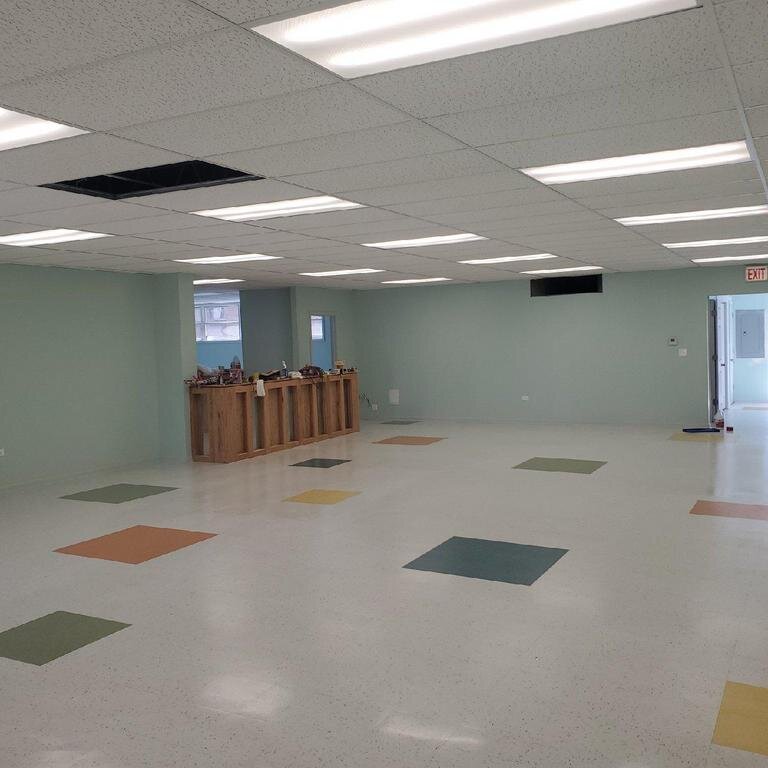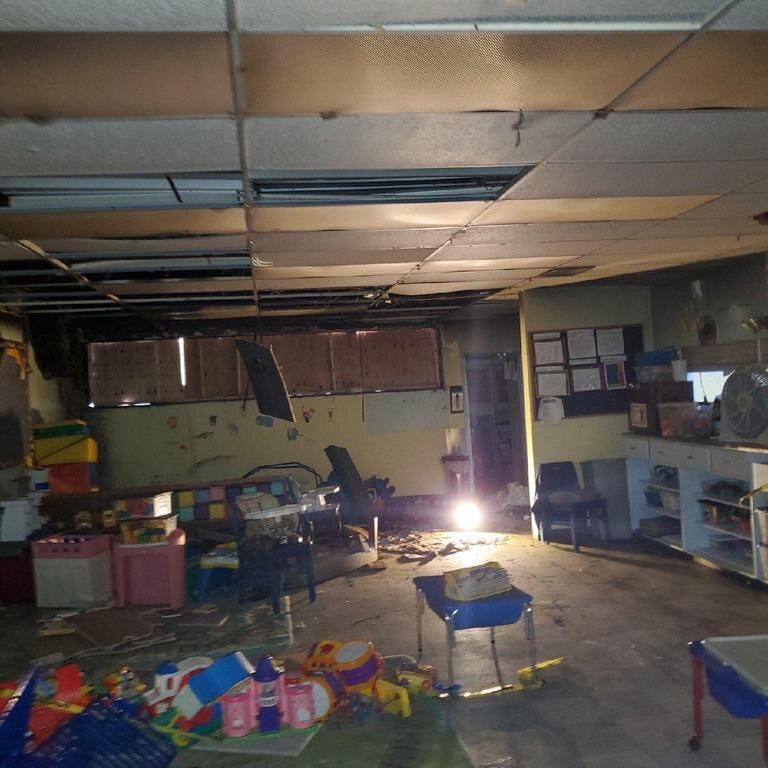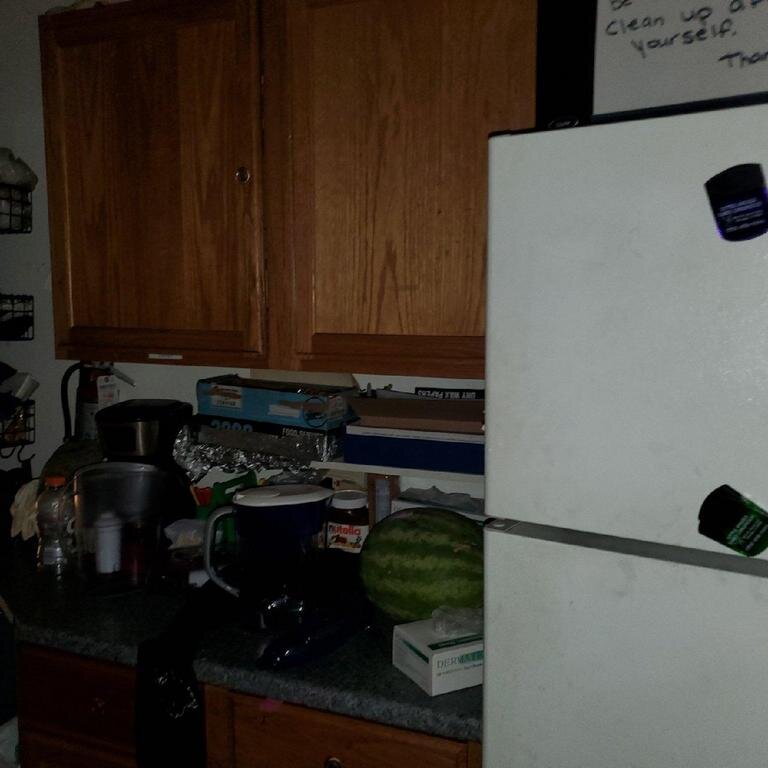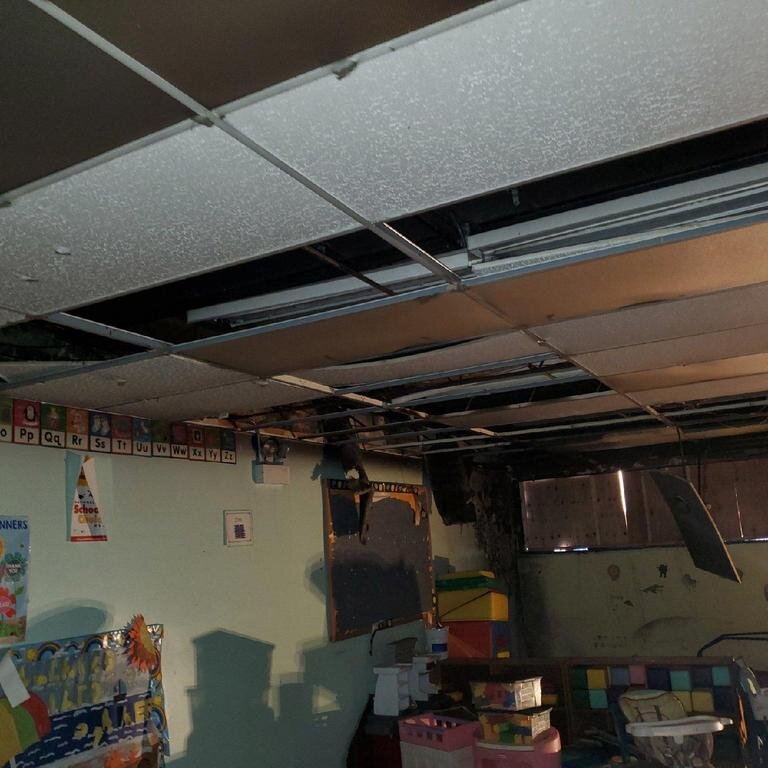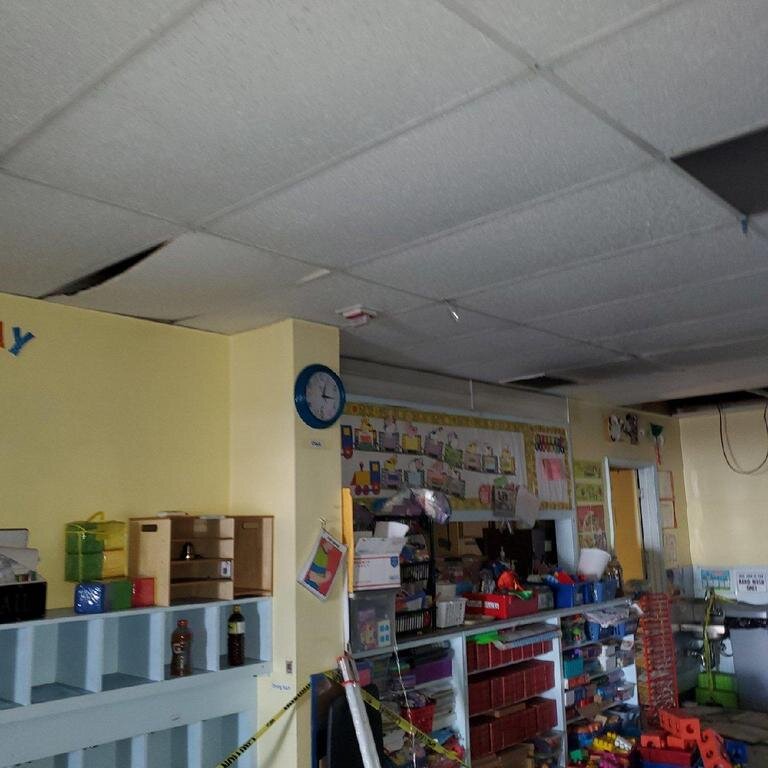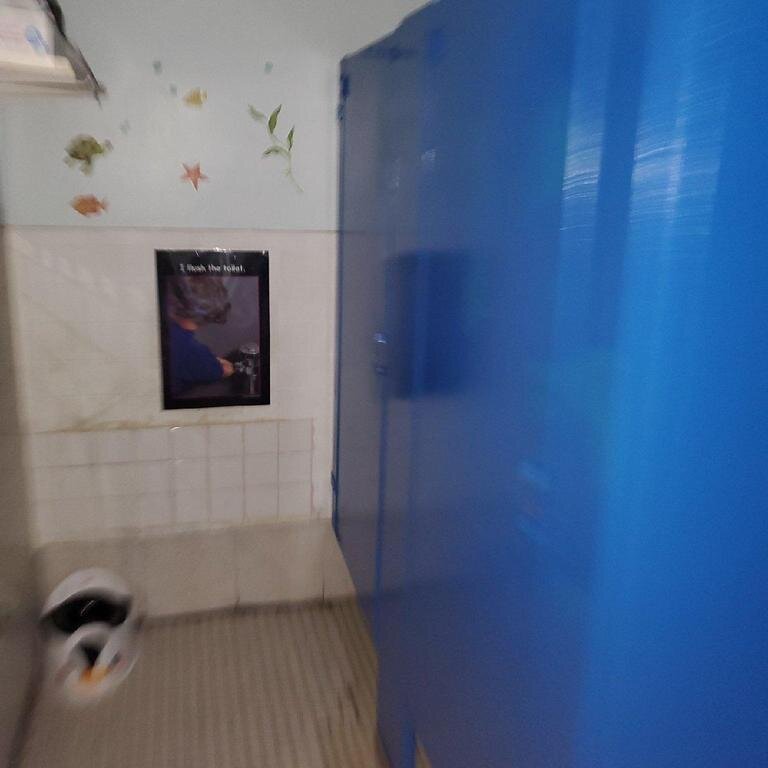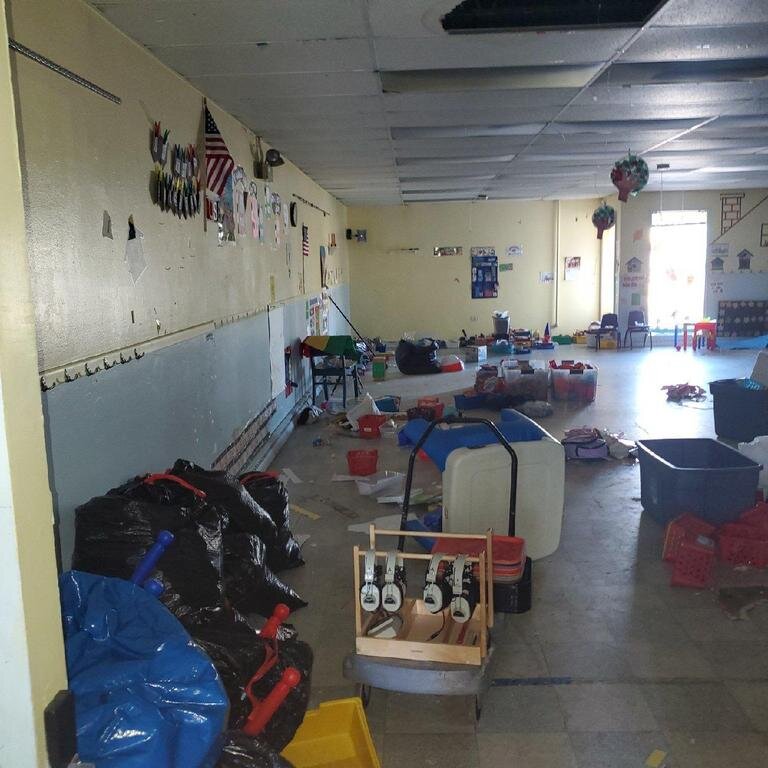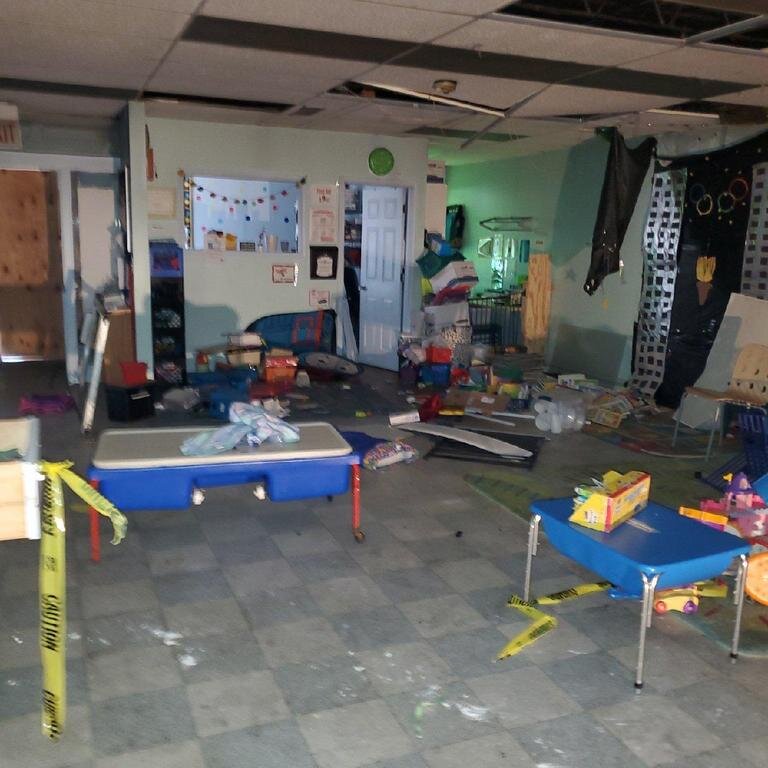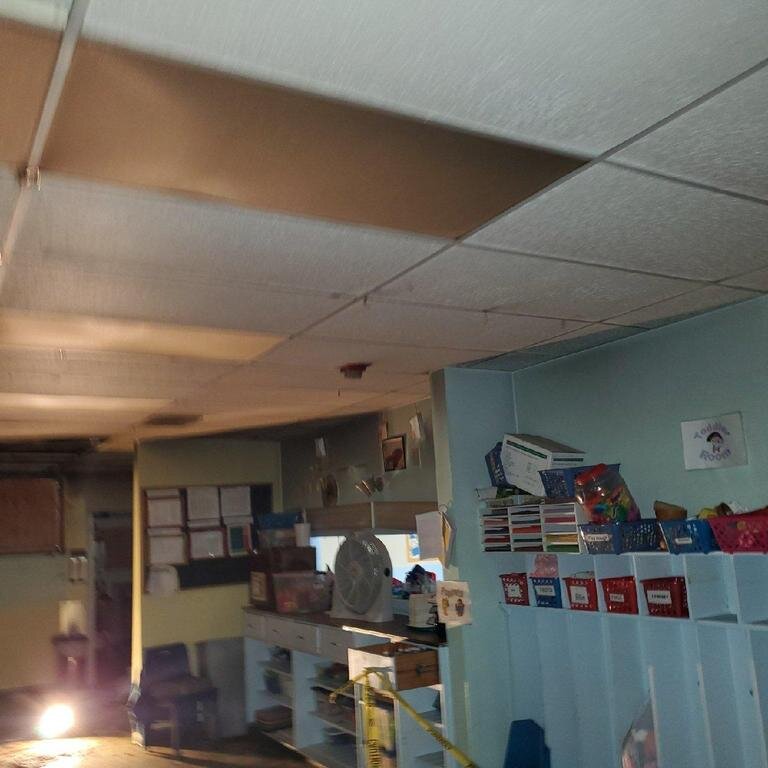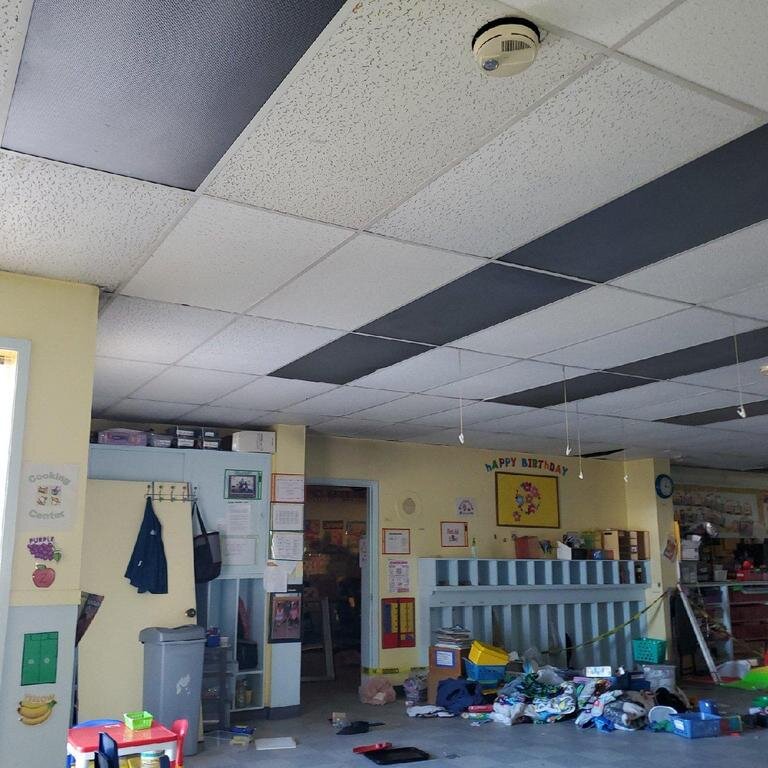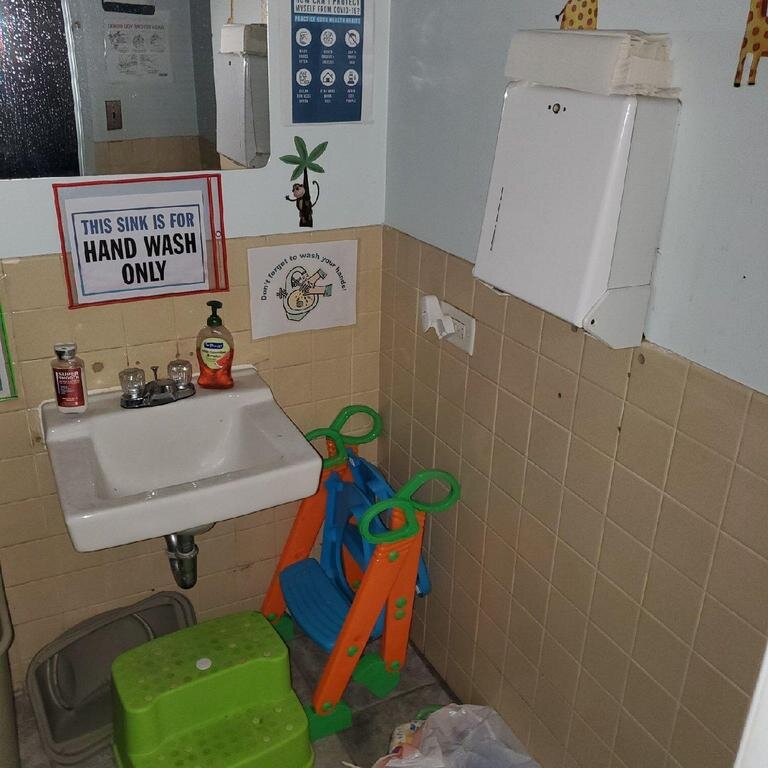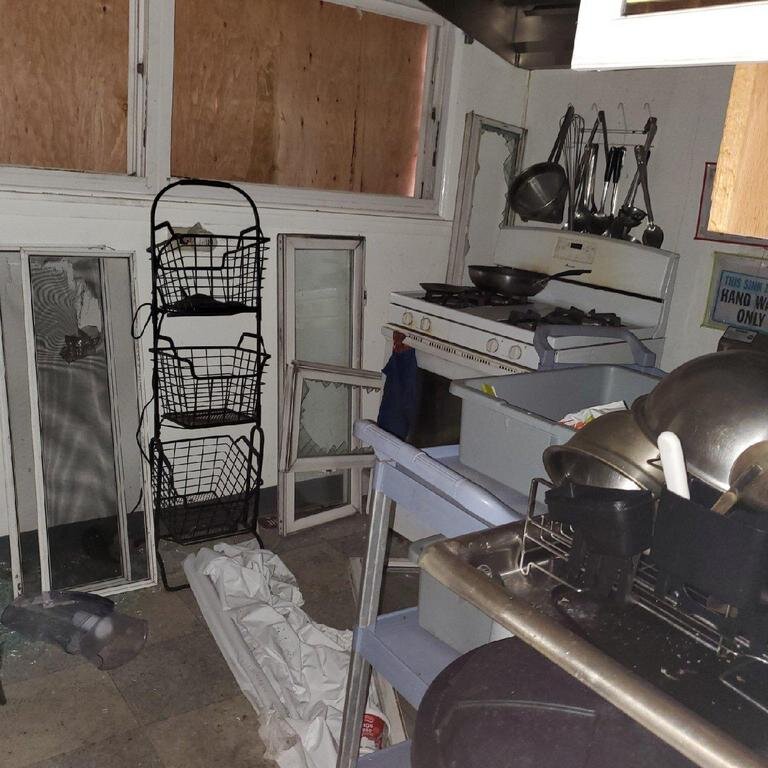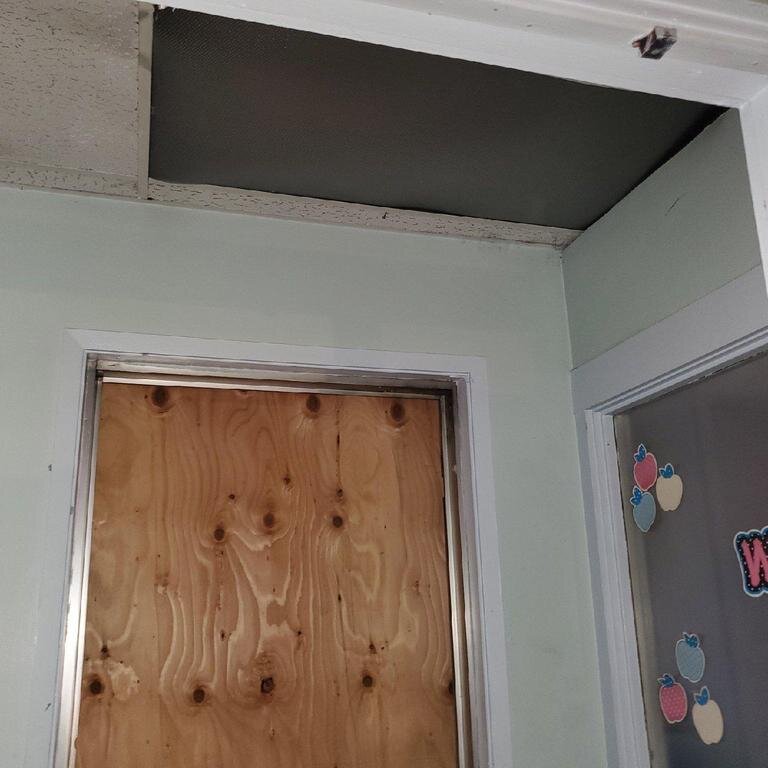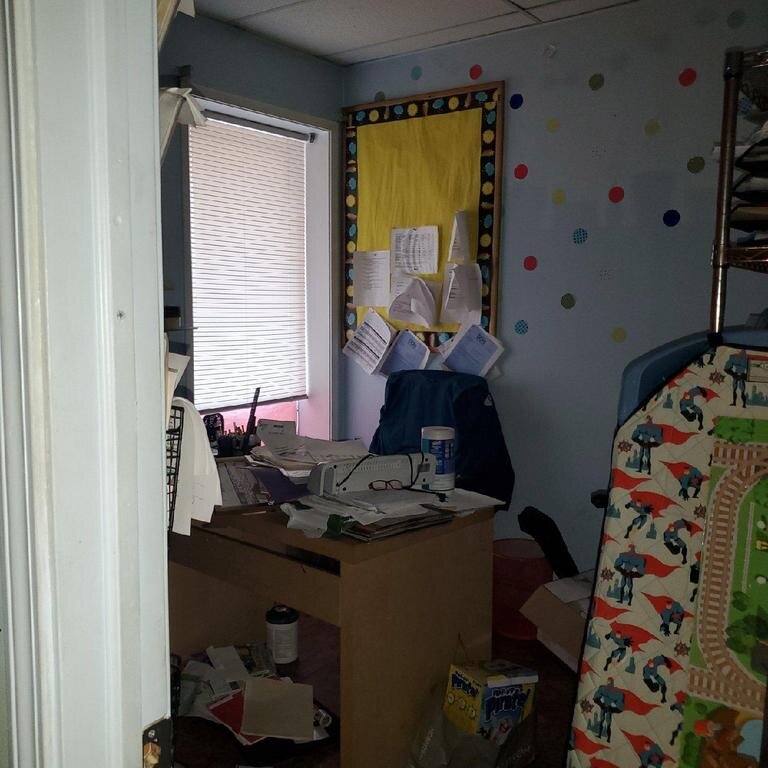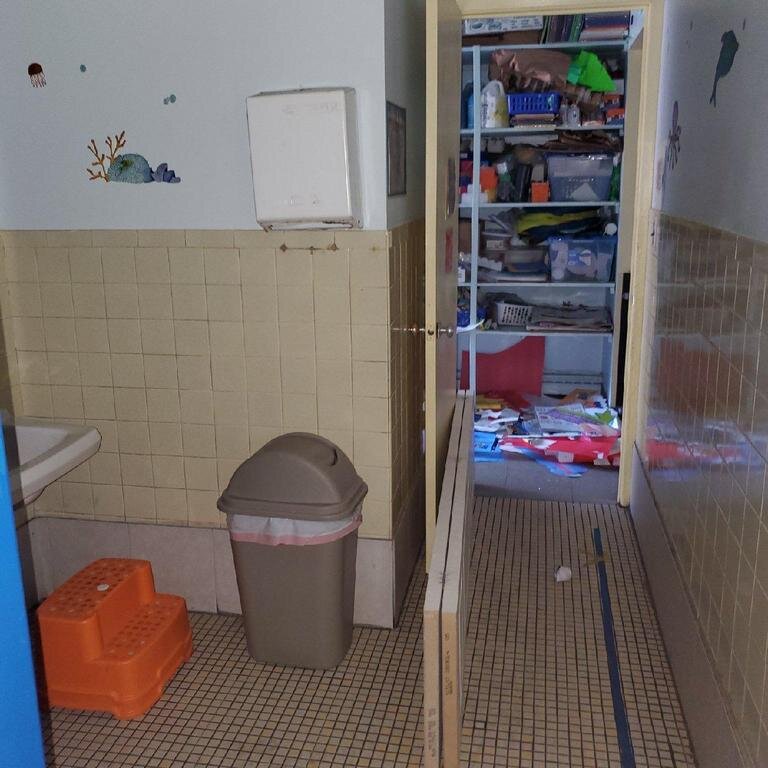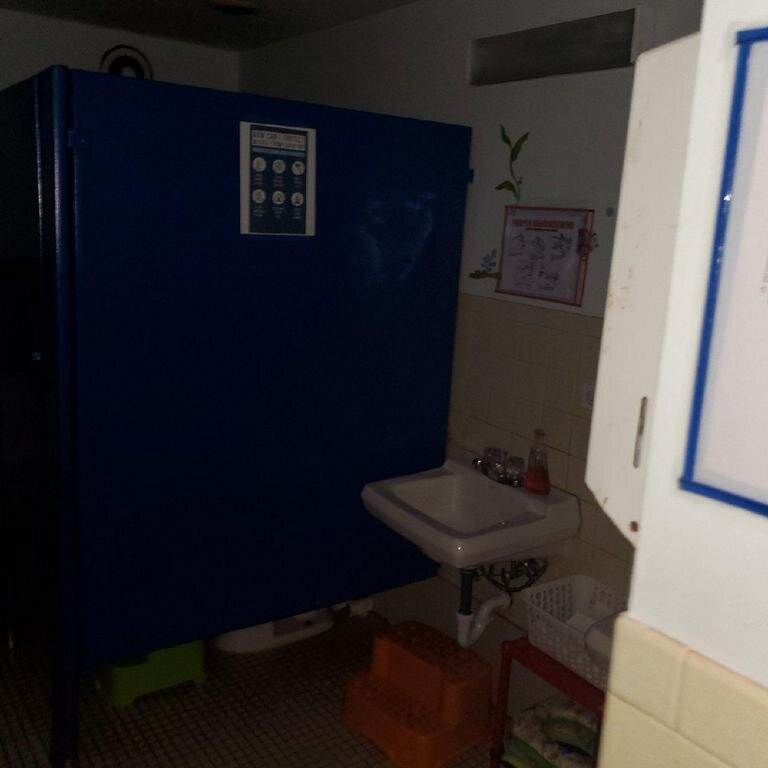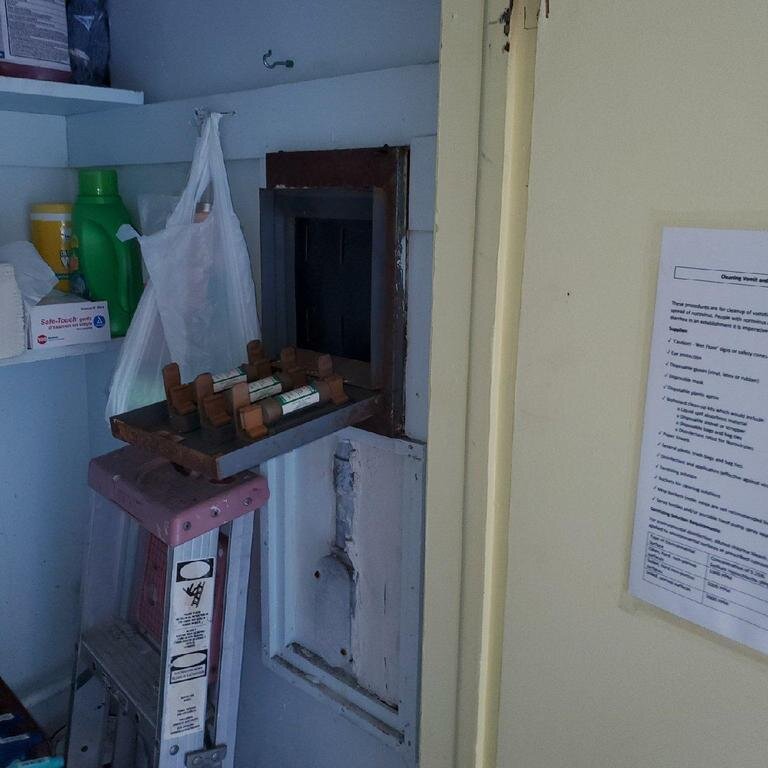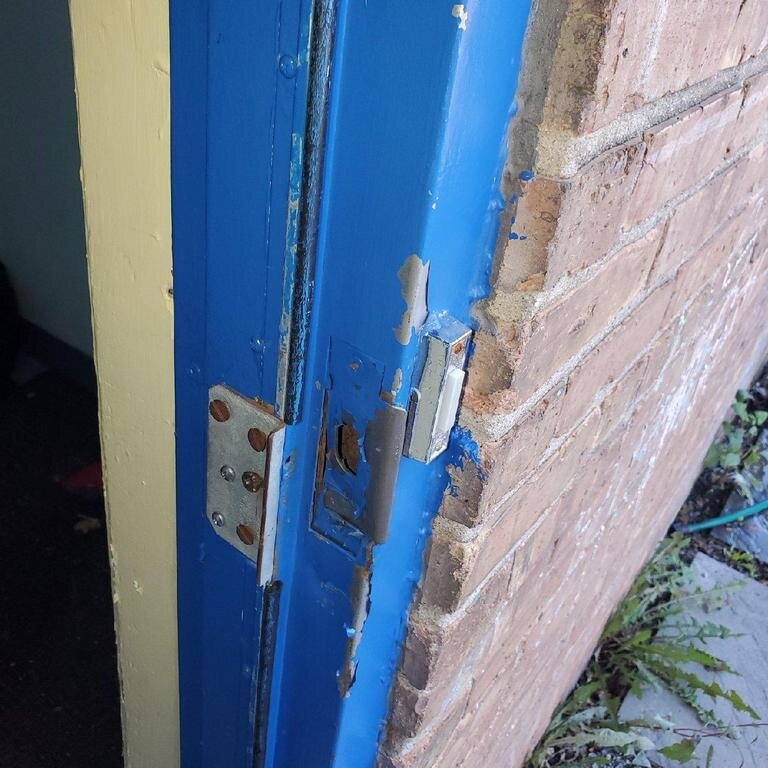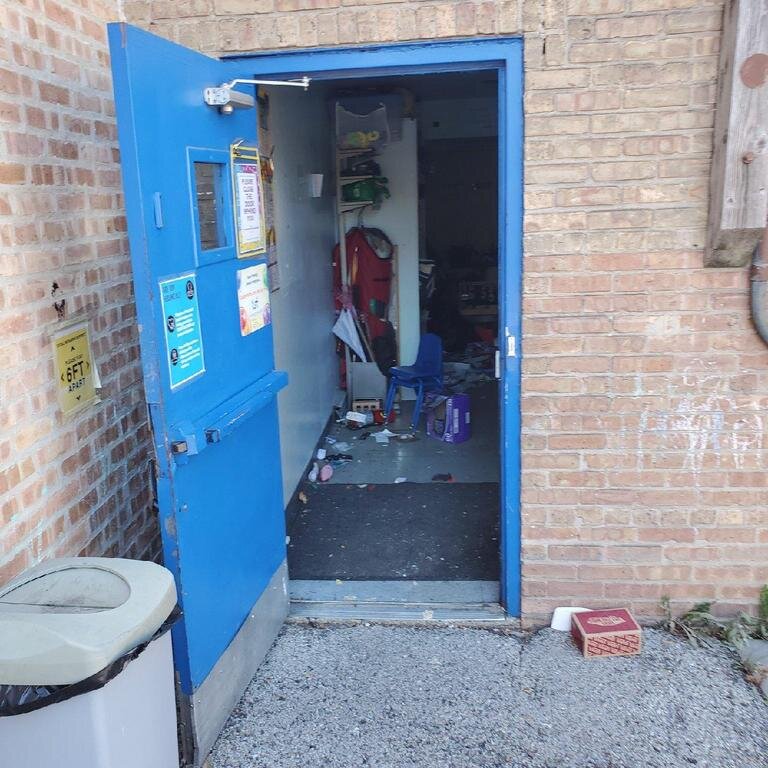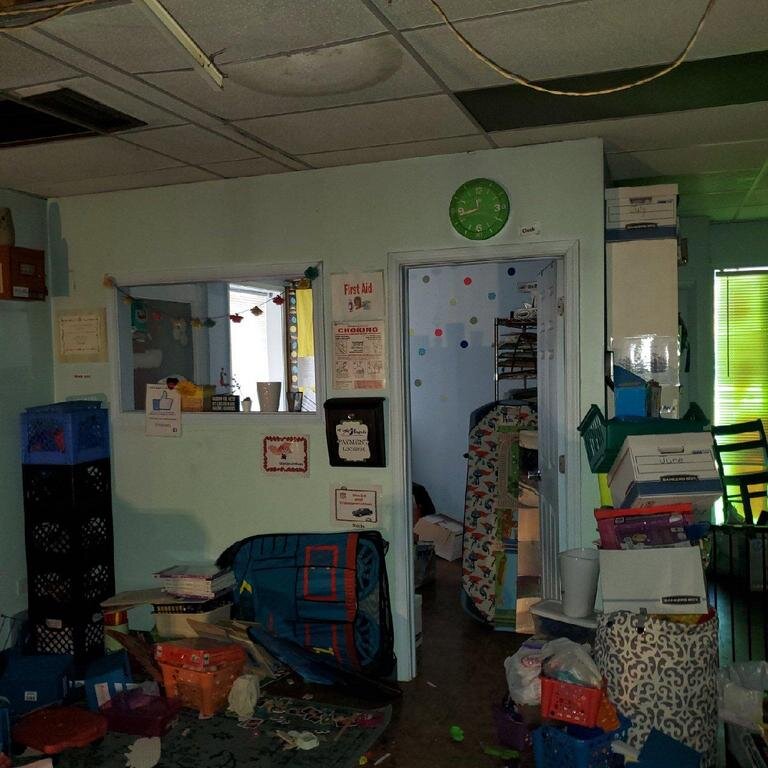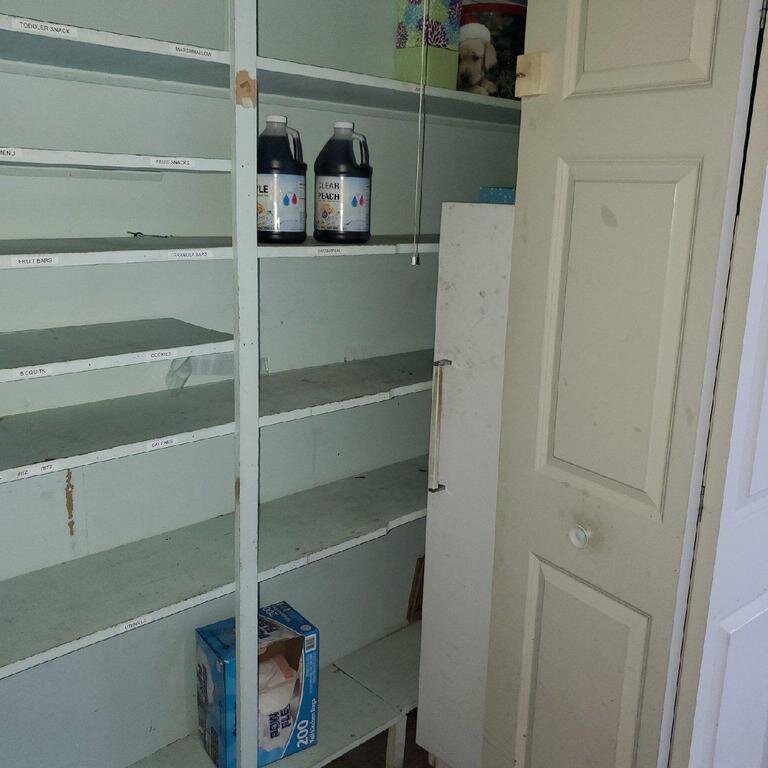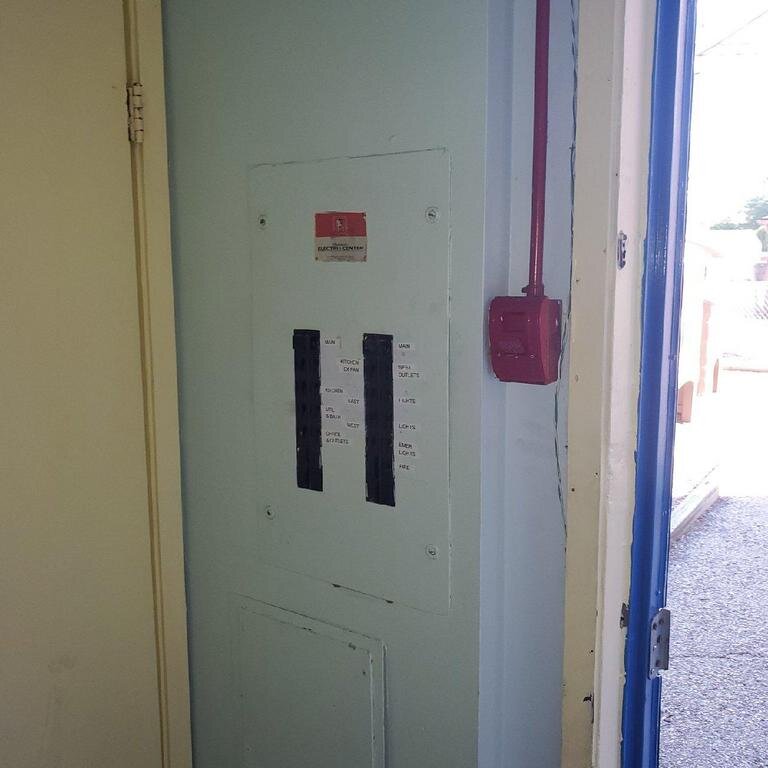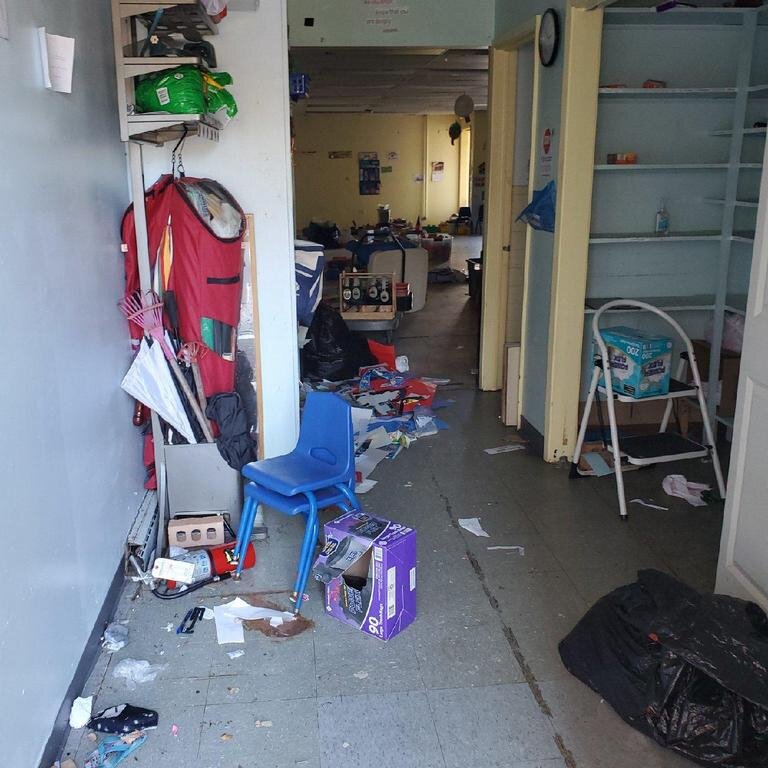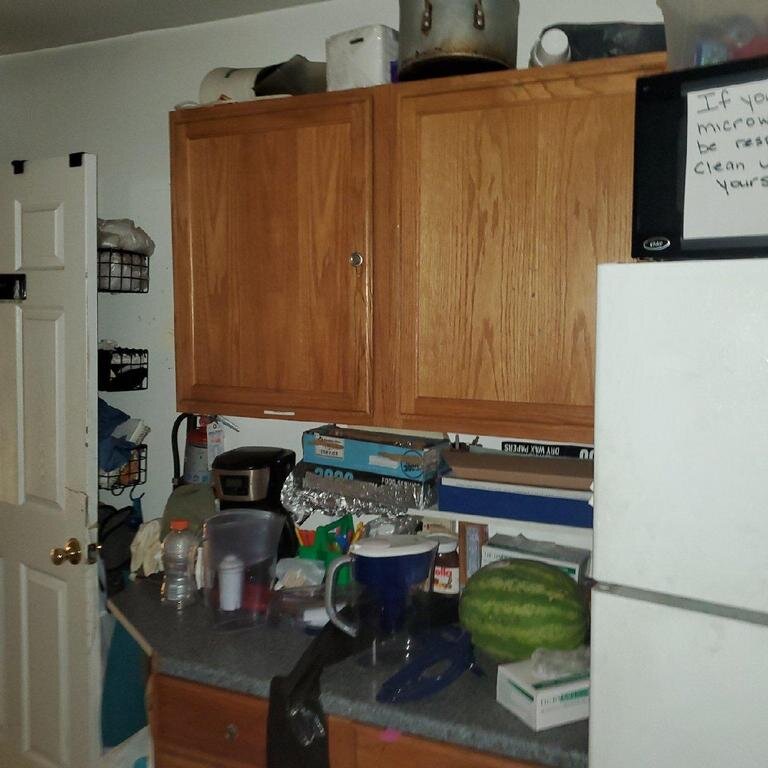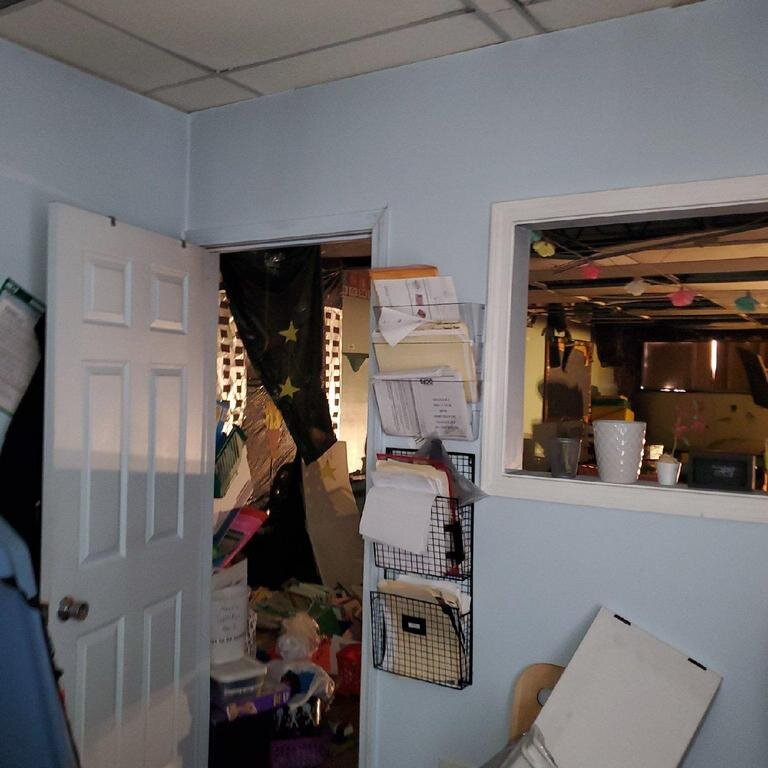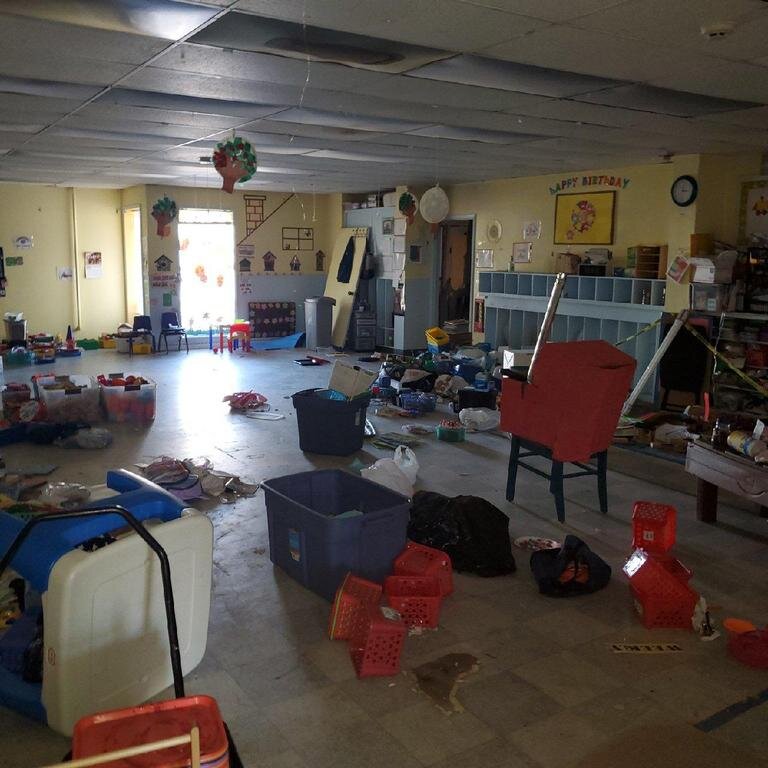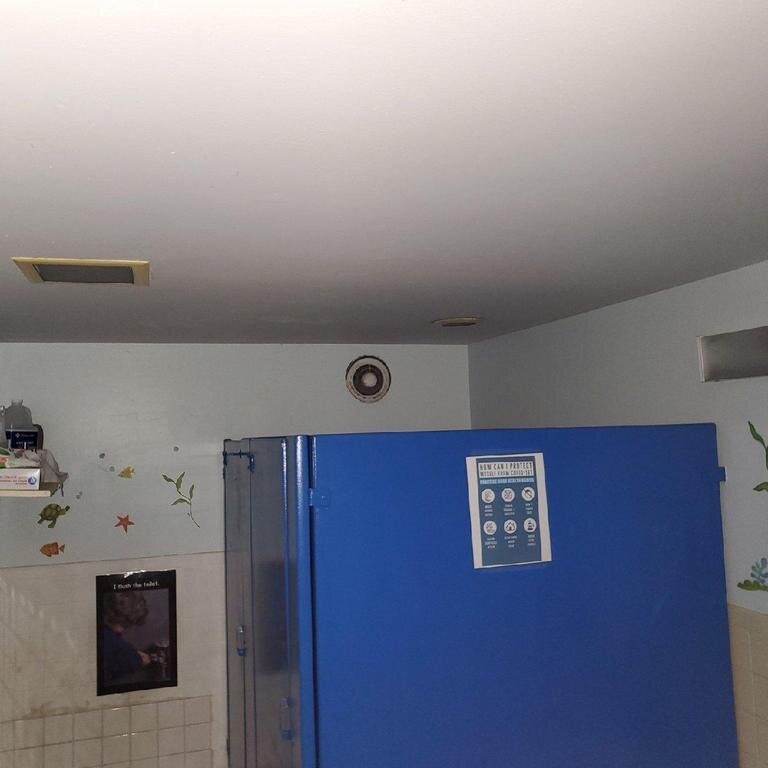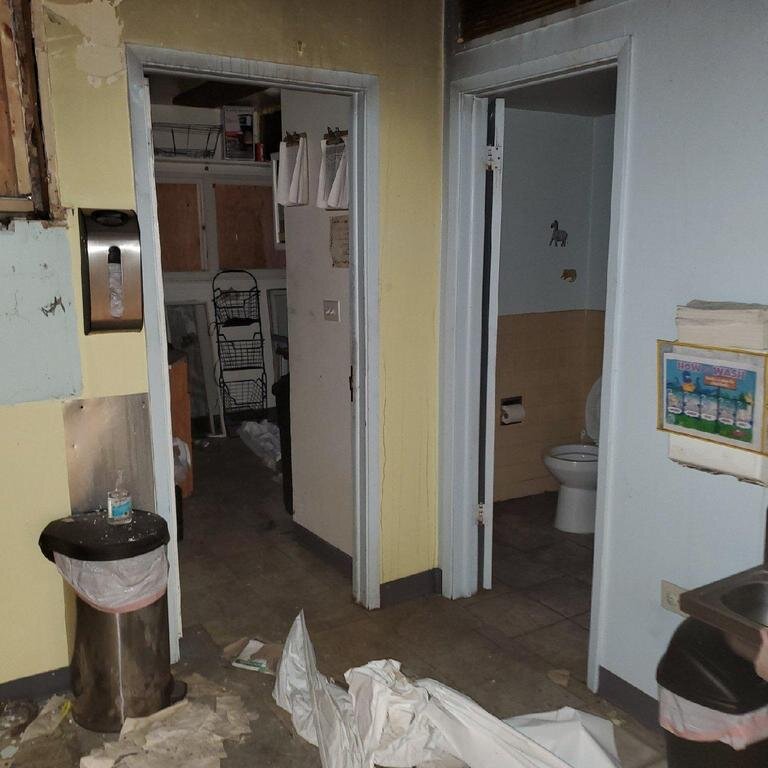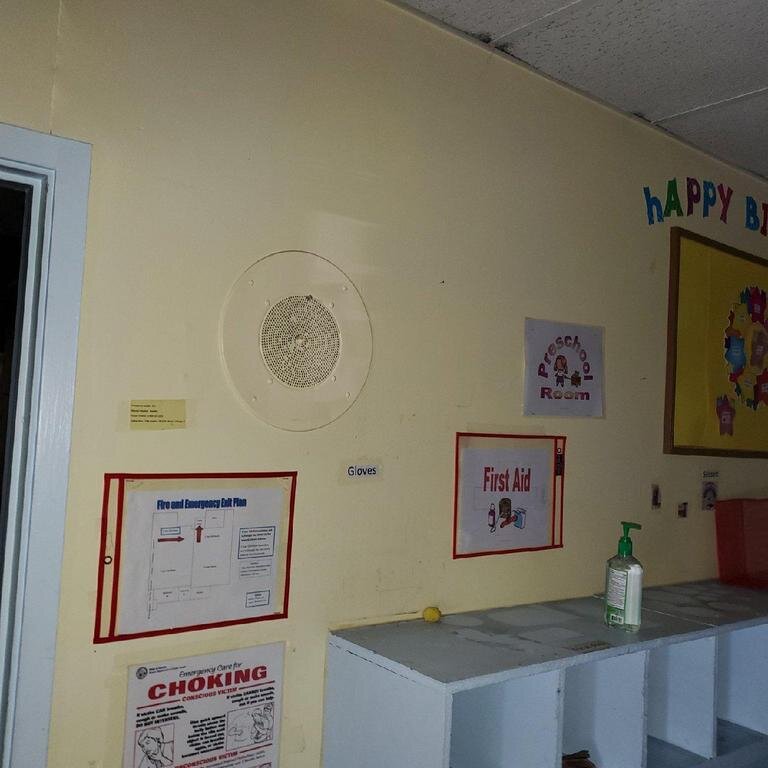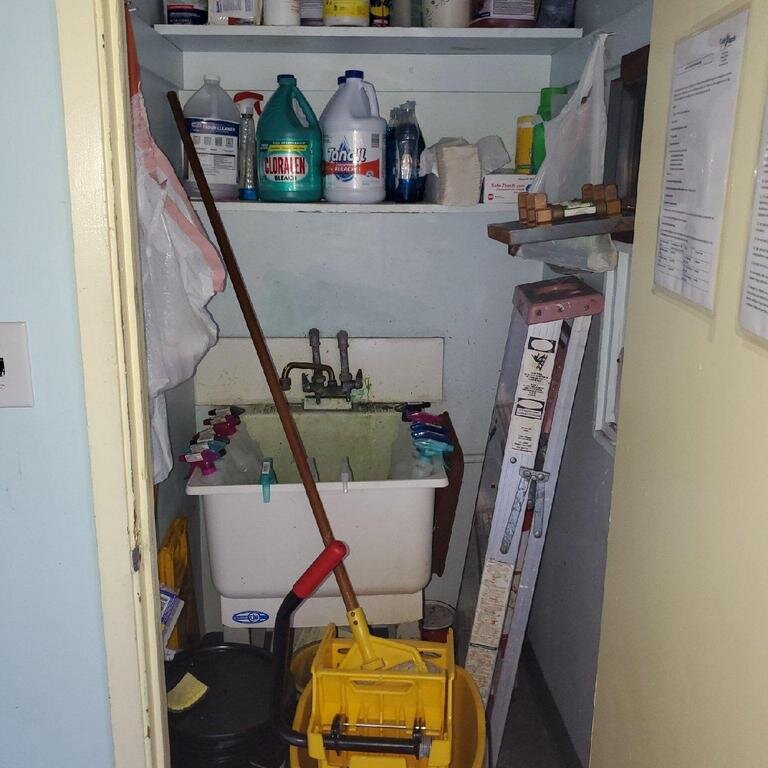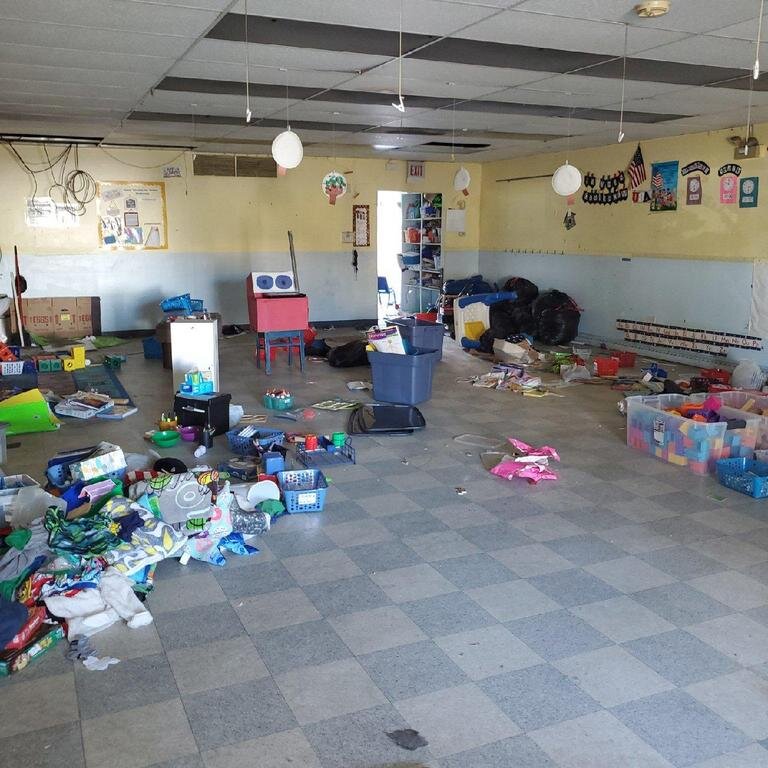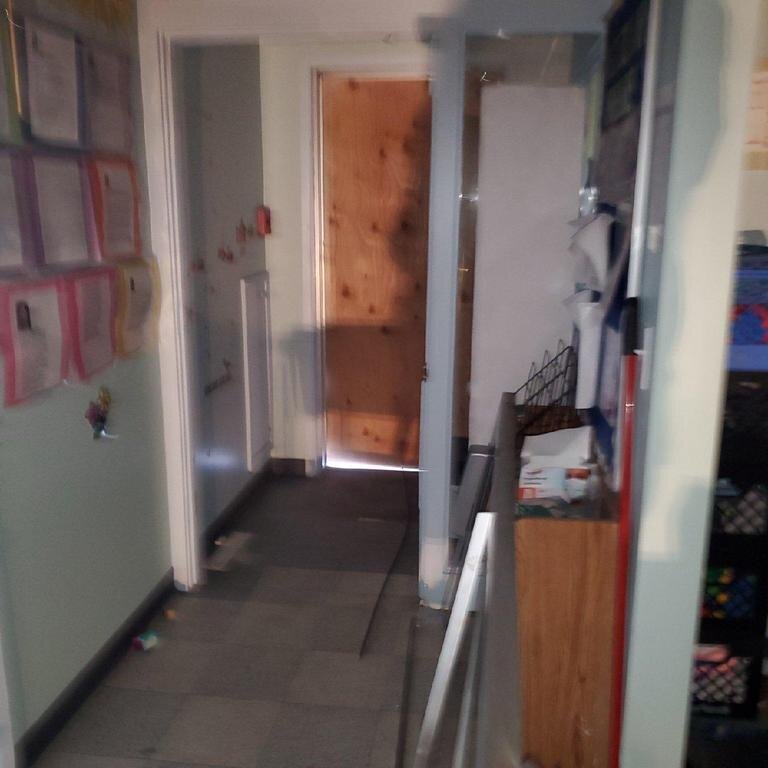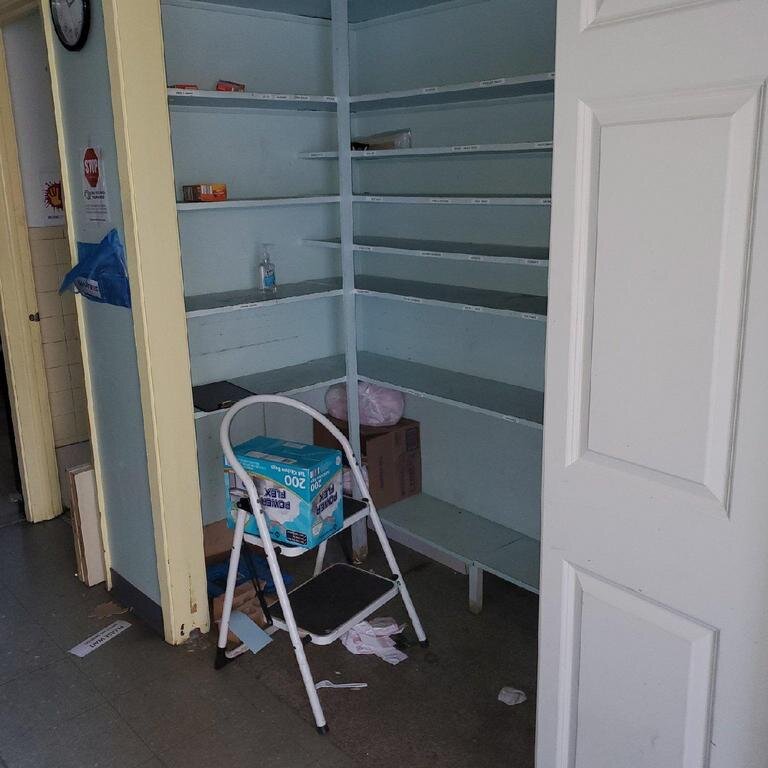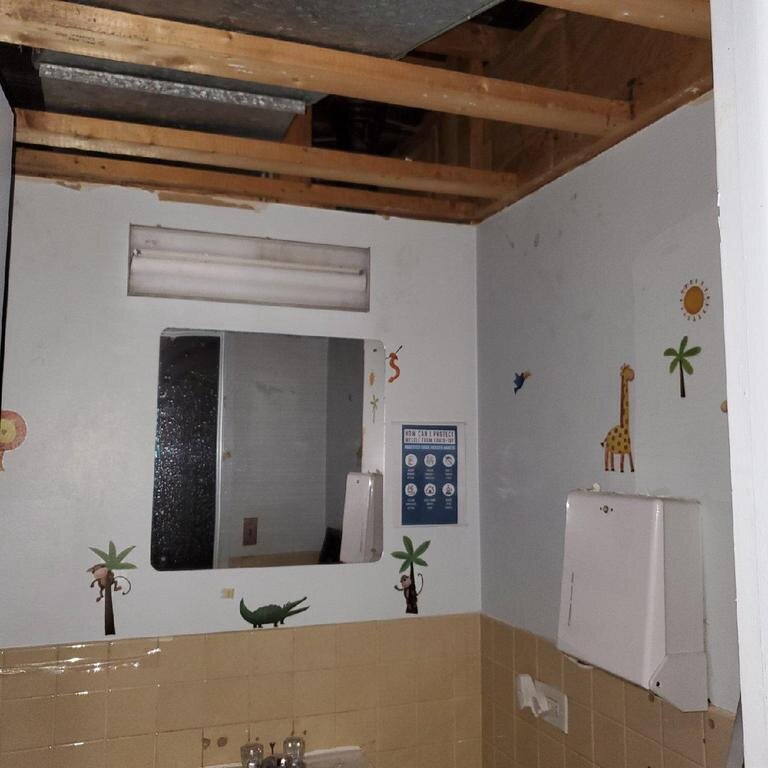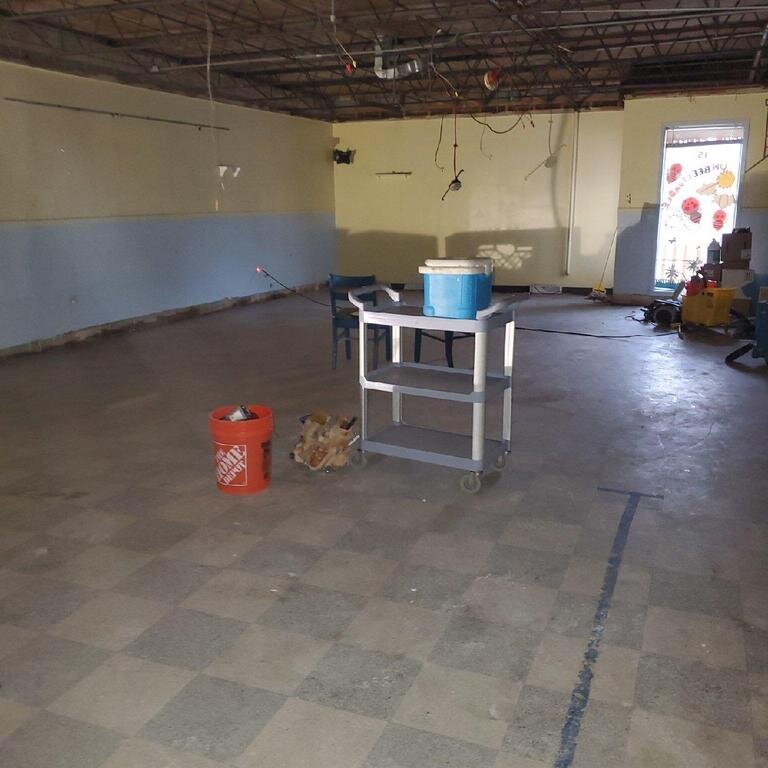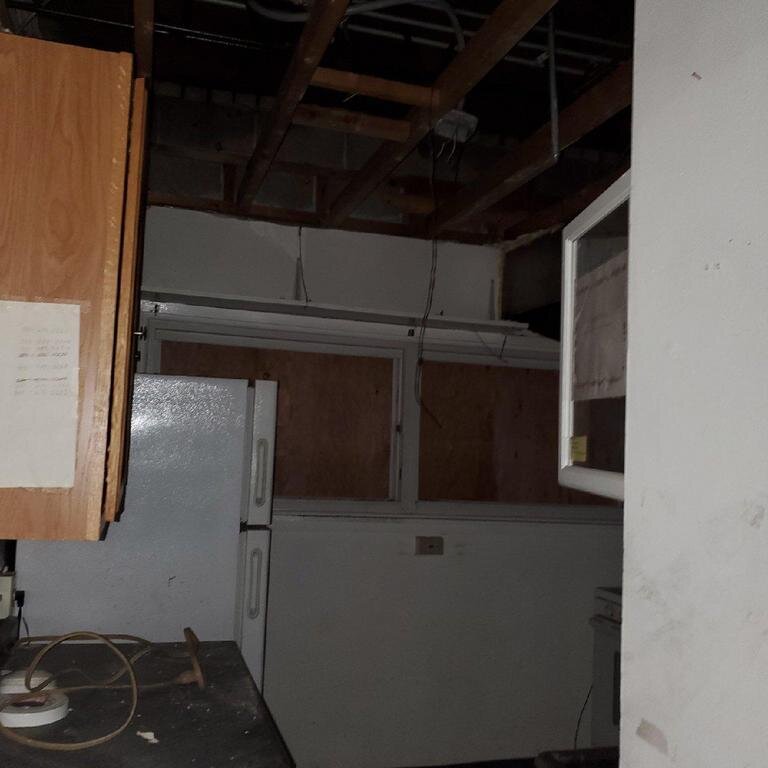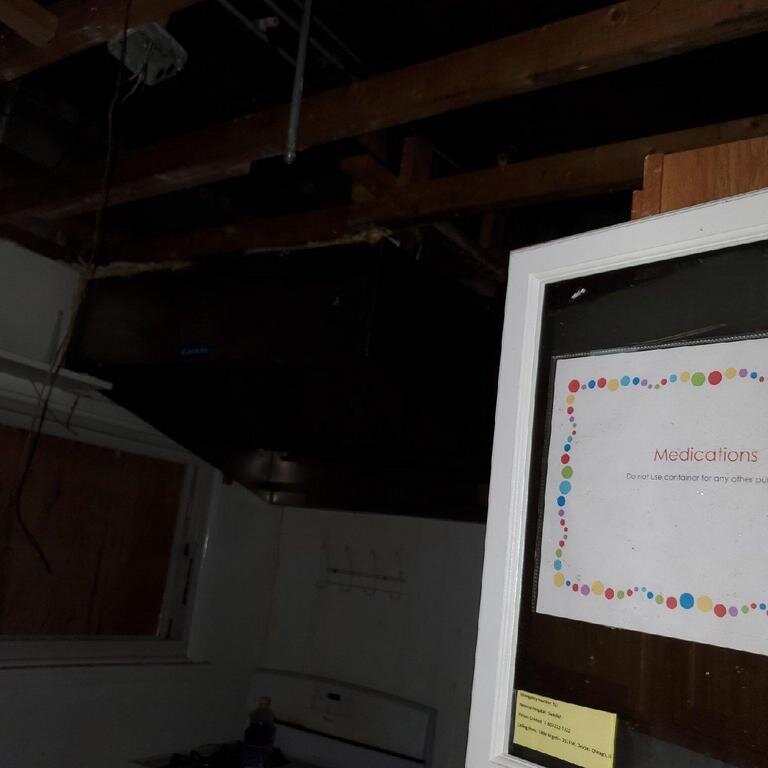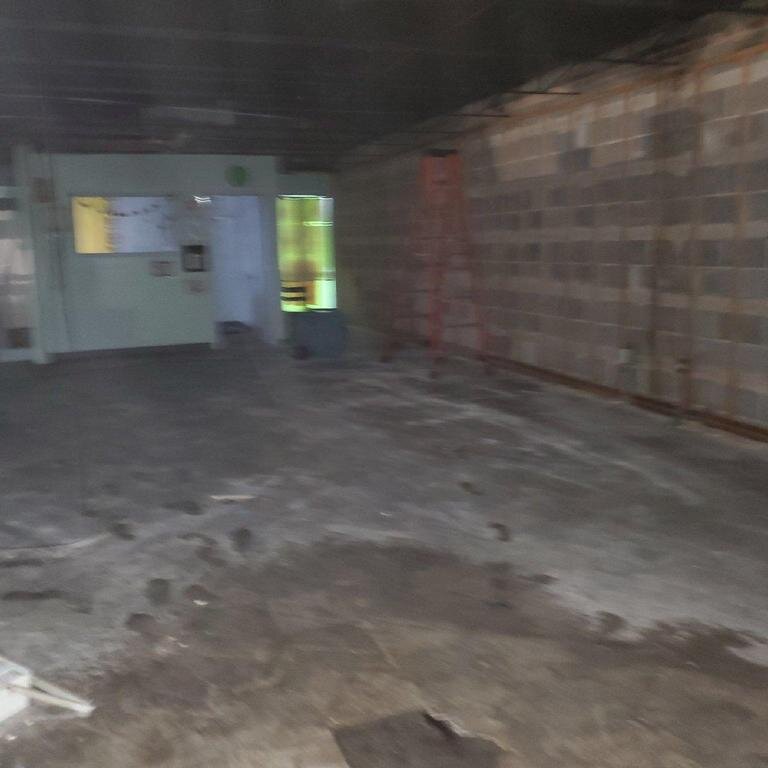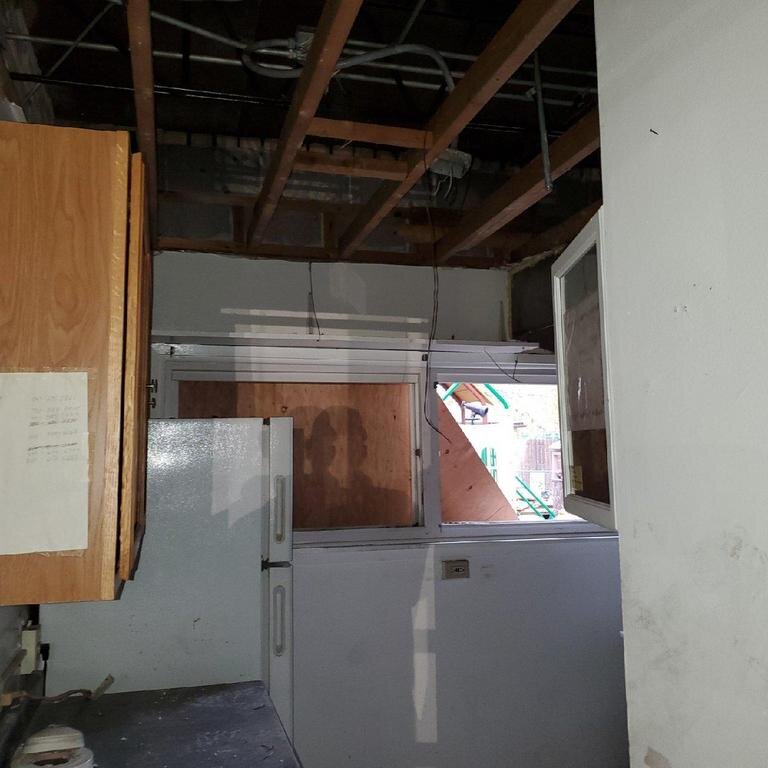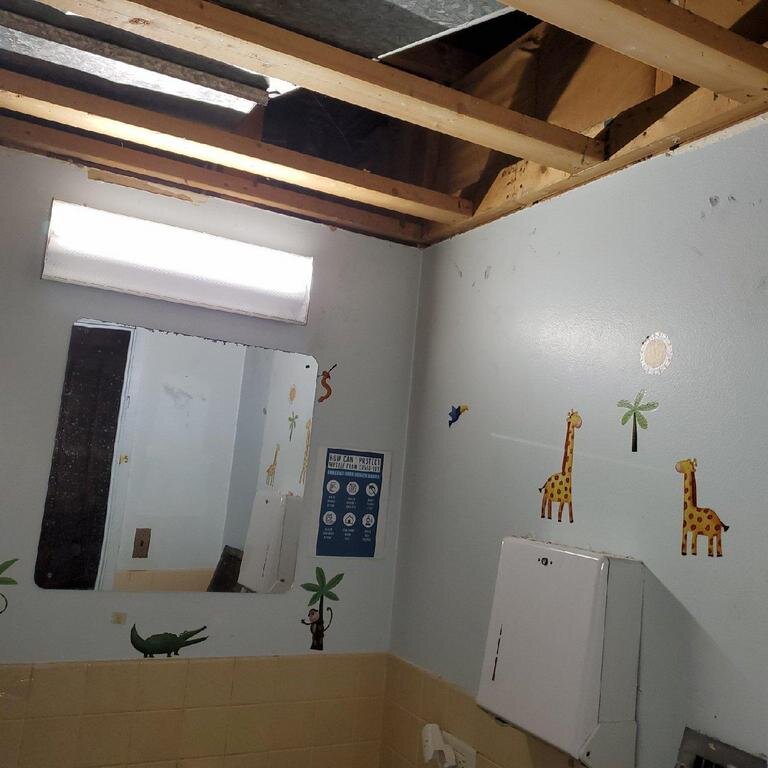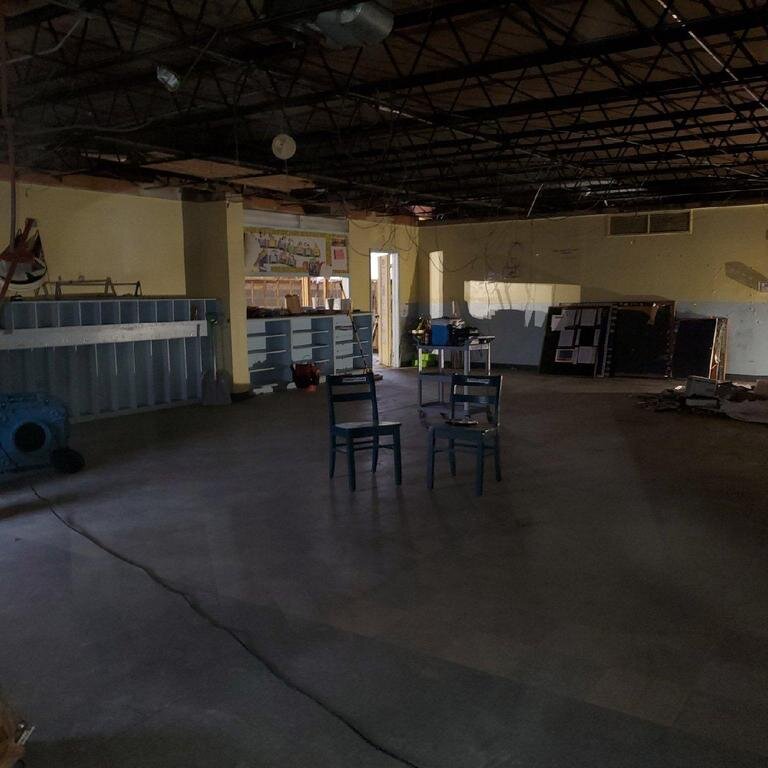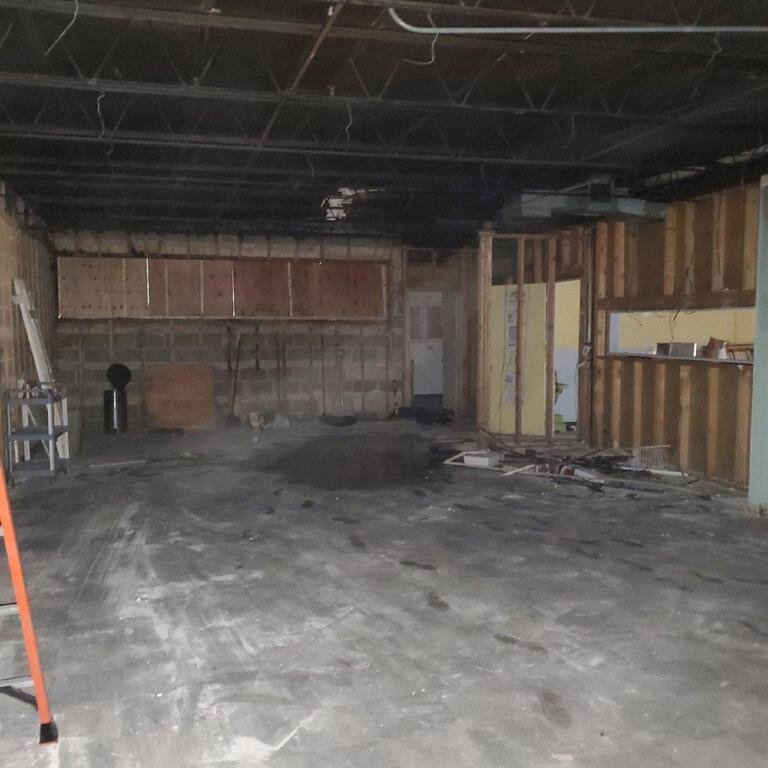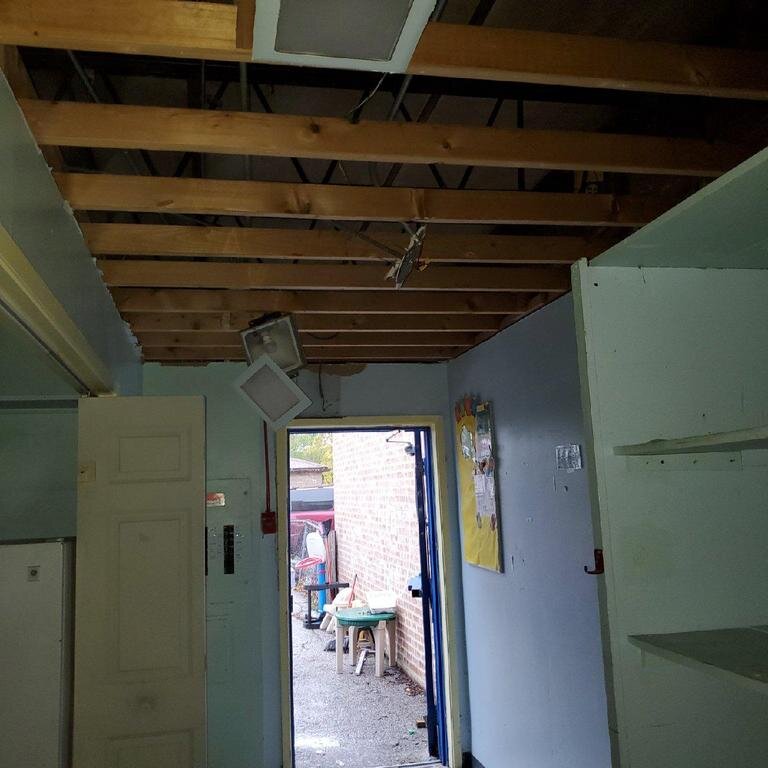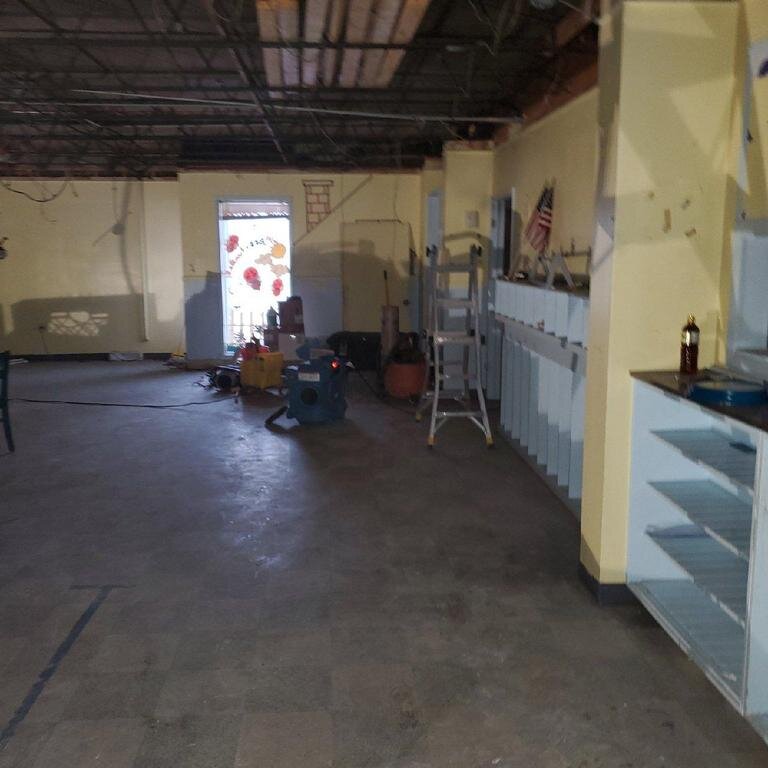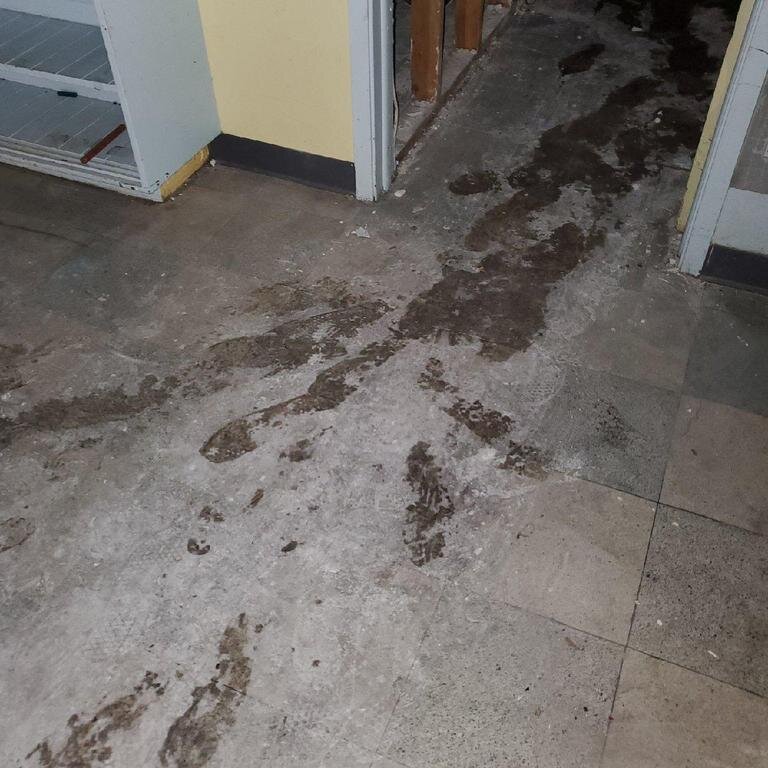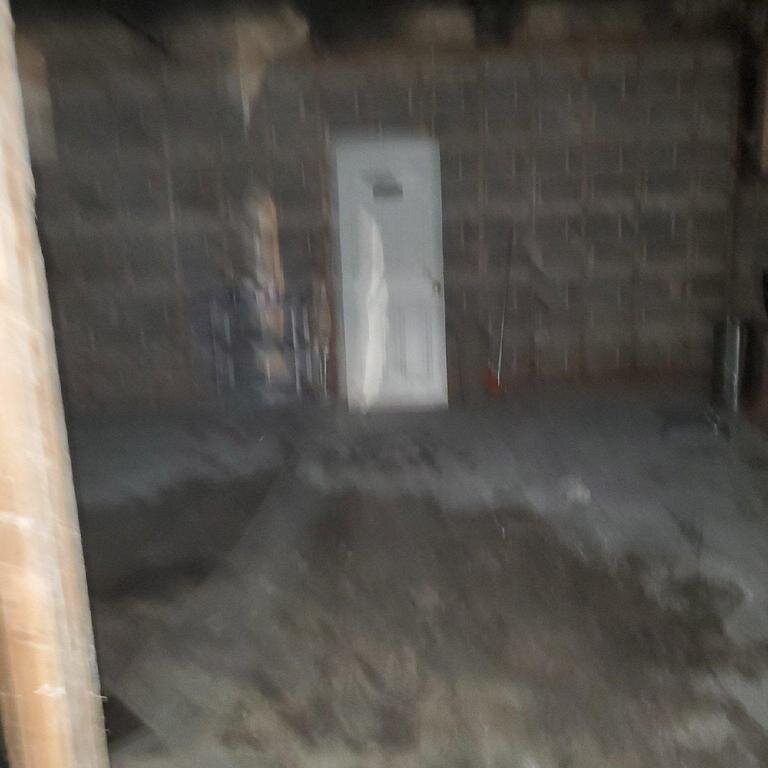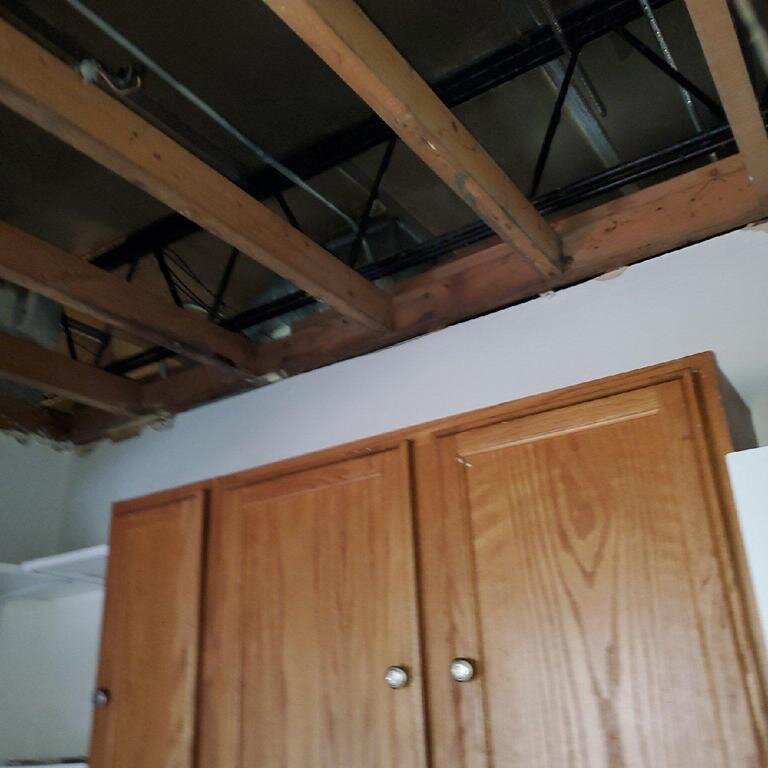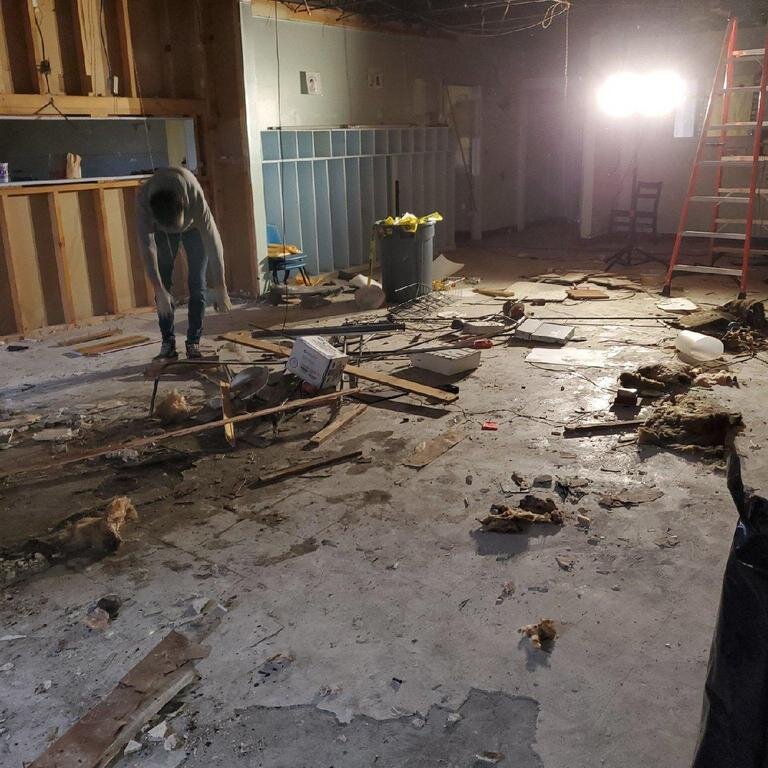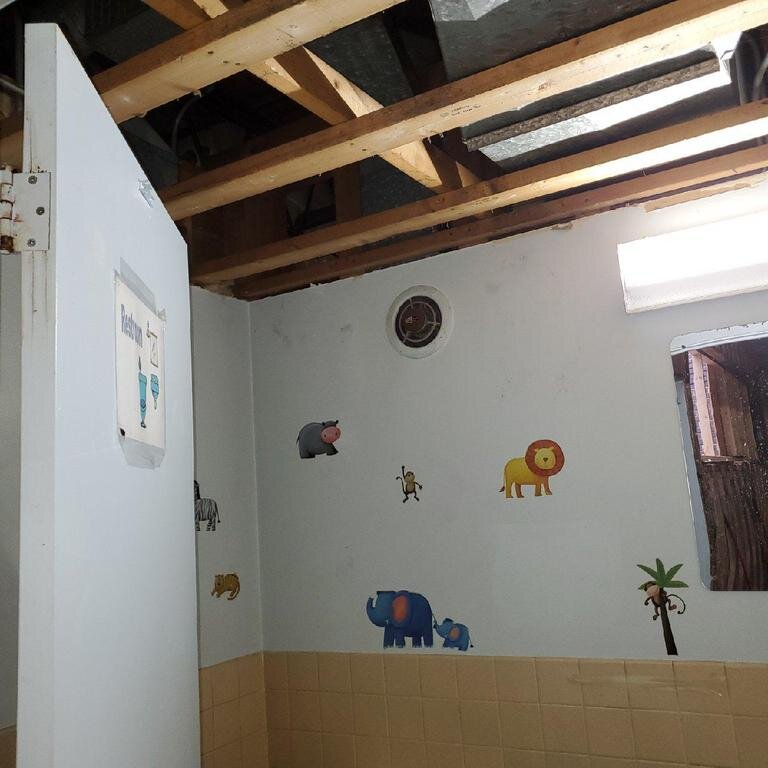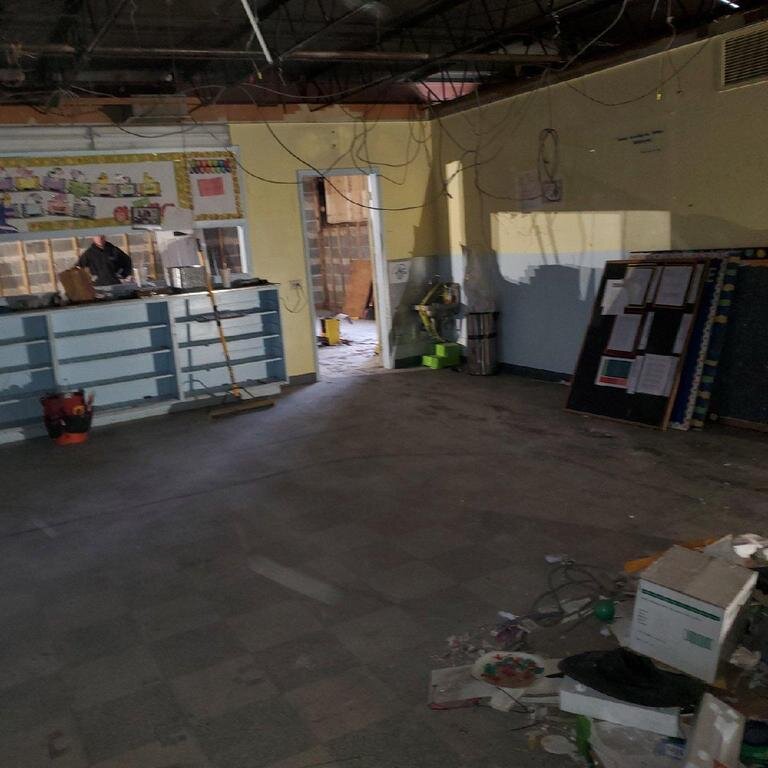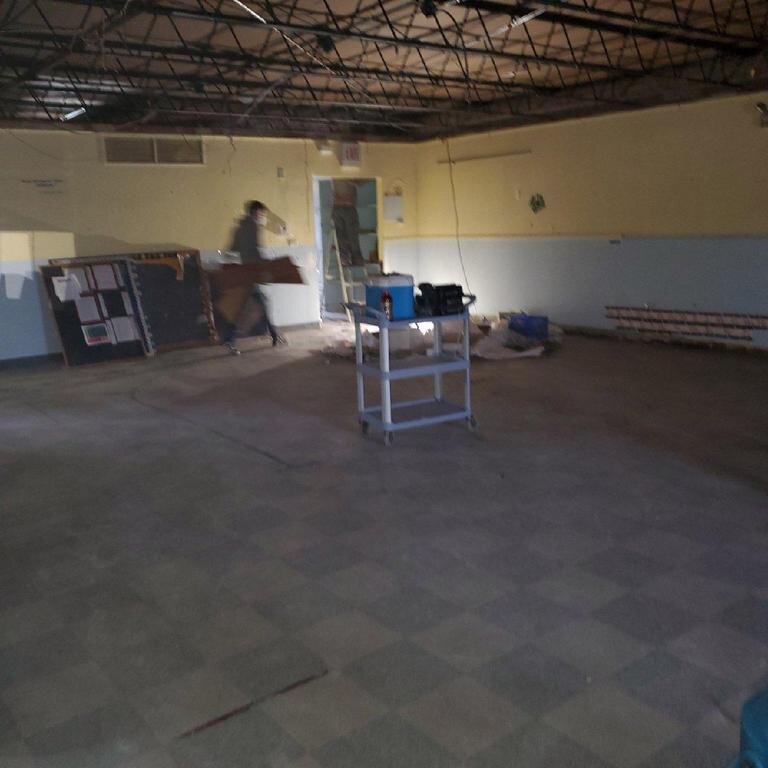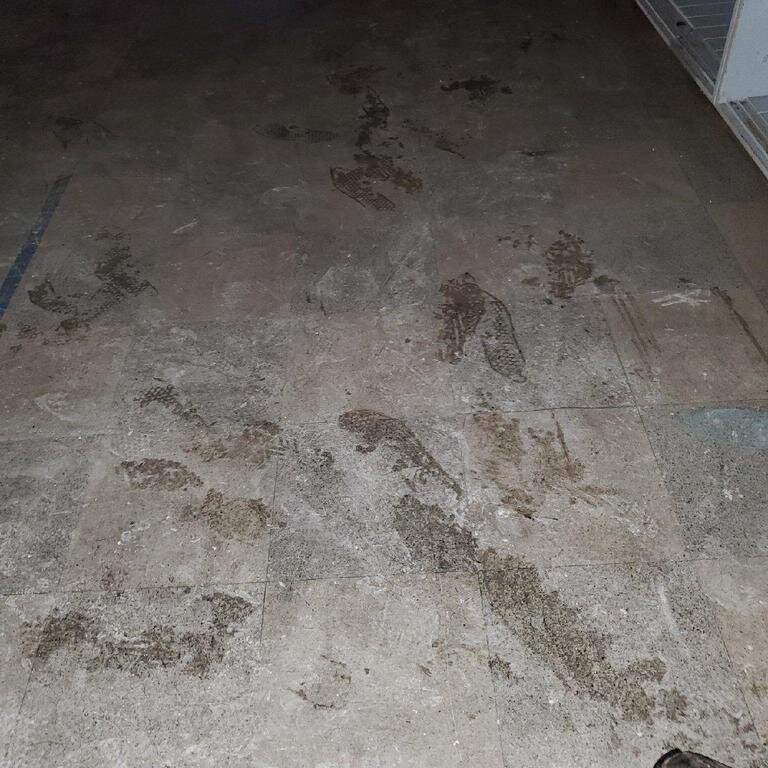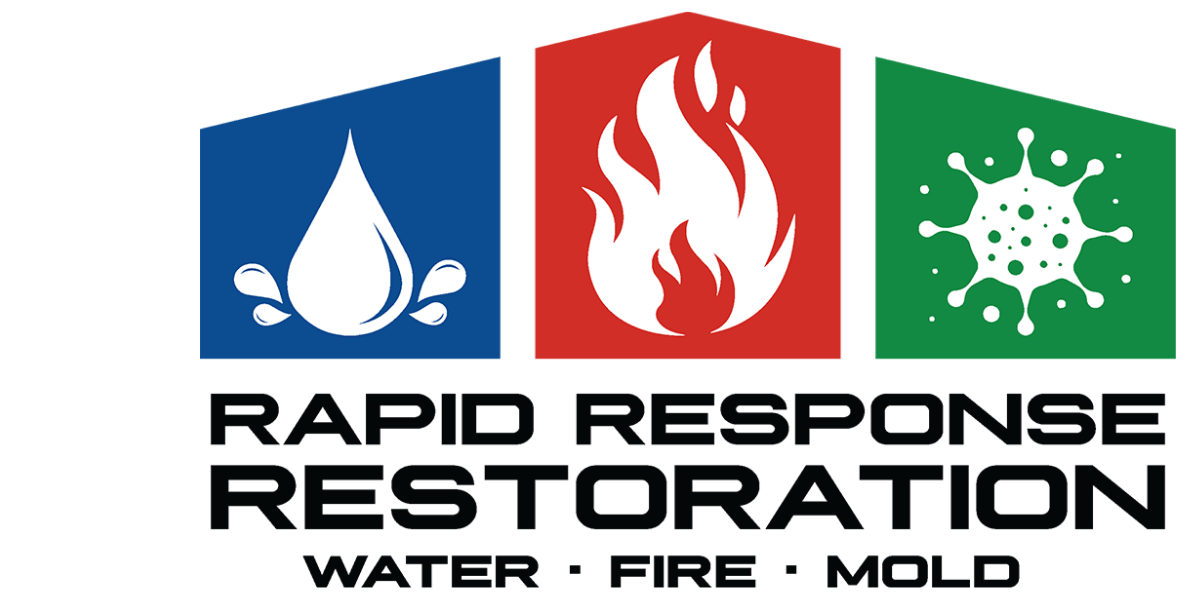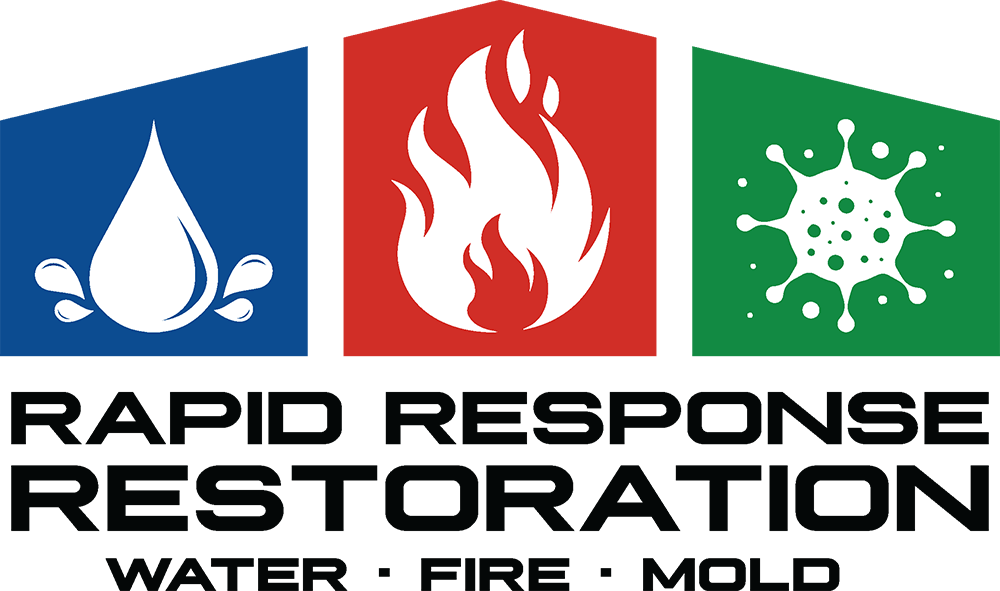
The Fire Might Be Out, But More Damage Can Still Be Done, So Act Quickly
If You Have Experienced Any Damage As A Result Of A Fire, Call Us Now To Speak With An Expert And Get Immediate Relief.
From Fire Fighters To Rapid Response Restoration
When there's a fire, you call the fire department to put it out. Once it's out, you call Rapid Response Restoration to act quickly and salvage any property you can. It's not obvious, but once a fire is out, damage has been done. Both smoke and soot can damage property the longer it sits unattended. It's very acidic, so it's very important to deal with it as soon as possible. We've helped with hundreds of fire restoration projects, so get in touch now and let's get this off your plate with as little stress as possible.
The Different Types of Fire
Not all fires start or burn the same way. The differences between electrical, spontaneous combustion, chemical, oil and gas fires are significant.
Oil and gas fires often involve flammable or combustible liquids such as natural gas or class II and class IIIB combustible liquids. Class II combustible liquids include fuel oils such as kerosene and have a flashpoint (the temperature at which a fire can ignite) above 100°F. Class IIIB combustible liquids have a flashpoint of above 200°F and include animal oils, glycerin, hydraulic fluids and vegetable oils.
According to the NFPA, every year more than 50,000 fires start as the result of flammable gas while more than 160,000 fires start as the result of flammable or combustible liquid. Combined, flammable and combustible liquids and gases cause more than $2.1 billion worth of property damage and more than 600 deaths annually.
Spontaneous combustion and chemical reactions account for more than 14,000 fires per year, according to the NFPA. The exact cause of ignition in a spontaneous combustion chemical fire is often difficult to determine, however spontaneous heating is frequently the catalyst. Spontaneous heating happens when a material increases in temperature without pulling heat from its surroundings. An example of this is dried hay igniting in the hot sun.
Materials most commonly known to spontaneously combust include oily rags, hay, agricultural products and trash. Of these materials, oily rags account for the most fires. Warmer months, particularly July, see the most spontaneous combustion and chemical reaction fires.
Electrical fires include any fire that starts as the result of an electrical failure or malfunction. According to the NFPA, more than 45,000 home structure fires ignite every year due to an electrical failure or malfunction, causing more than $1.4 billion in property damage and accounting for more than 400 deaths and 1,300 injuries. The most common types of equipment to malfunction and start a fire are fans, washers and dryers, space heaters, and air-conditioning units. Most malfunctions that result in deaths are related to wiring, cords and plugs.
Additional Fire Dangers
Fatal heat levels are not the only danger of fire. During a home fire, there’s an increased level of carbon monoxide and carbon dioxide as well as damaging levels of chemical and thermal irritants. These irritants can permanently damage a person’s or animal’s respiratory system and cause death.
Carbon monoxide is the chemical result of incompletely burned fuel sources such as gasoline, wood and oil. Early signs of carbon monoxide poisoning include headache, dizziness, weakness and confusion. High levels of carbon monoxide can cause loss of consciousness and death. Increased carbon monoxide levels can make it more difficult for people to escape a fire.
Carbon dioxide is created from chemical reactions that occur during fires. In the presence of too much carbon dioxide, individuals often experience respiratory issues.
Smoke inhalation can irritate the mucous membranes and lining of the respiratory tract, according to WebMD, and may cause difficulty breathing, swelling or complete collapse of the airway. Chemical irritants often found in smoke include sulfur dioxide, ammonia, hydrogen chloride, and chlorine.
Call Us Now To Speak With An Expert And Get Immediate Relief
FIRE DAMAGE JOB PHOTOS
